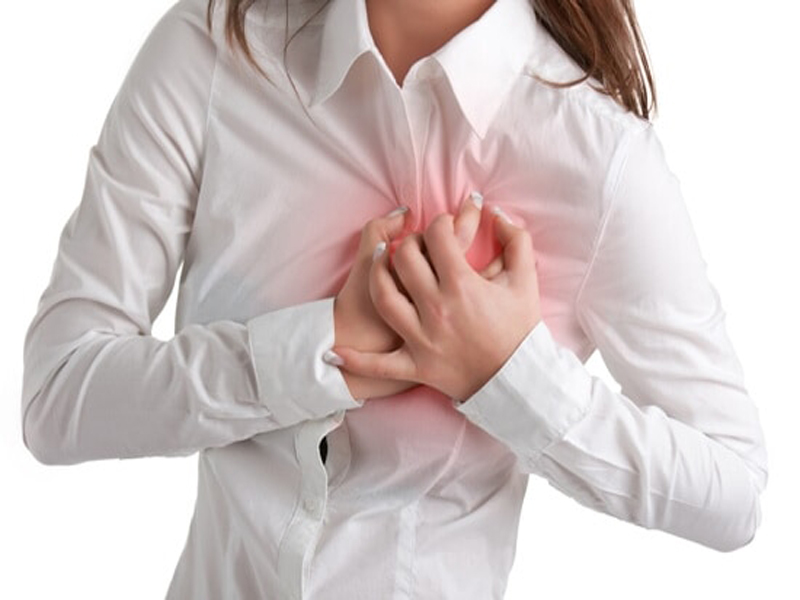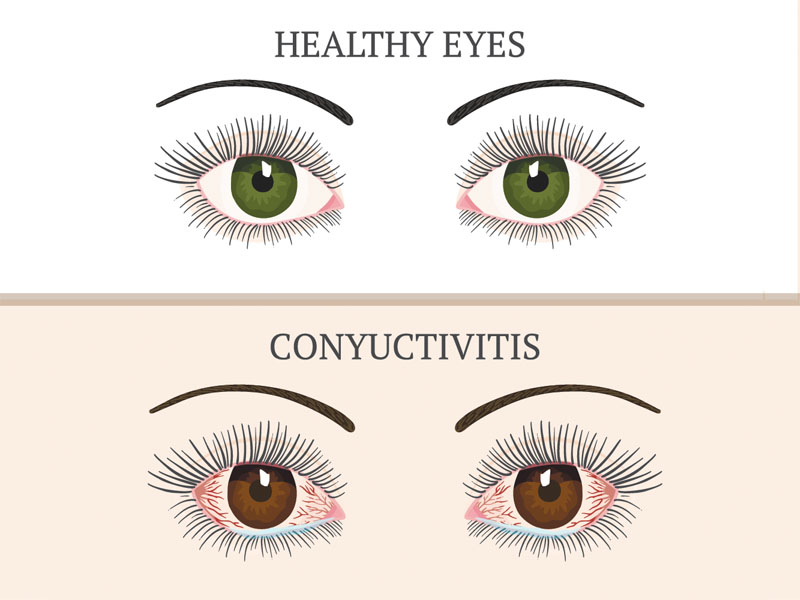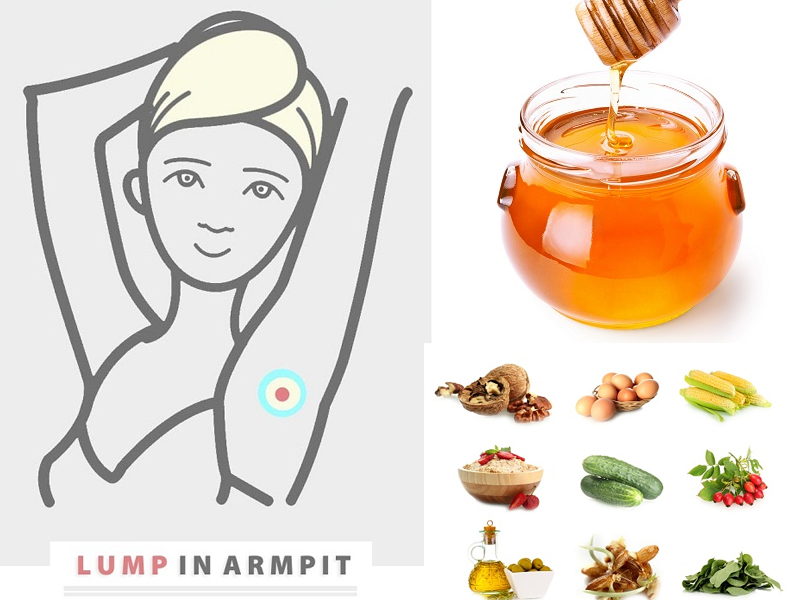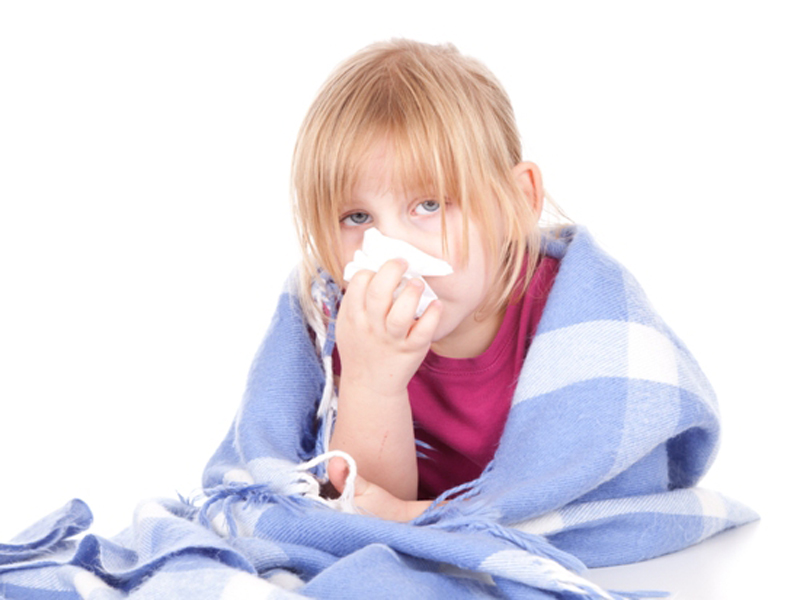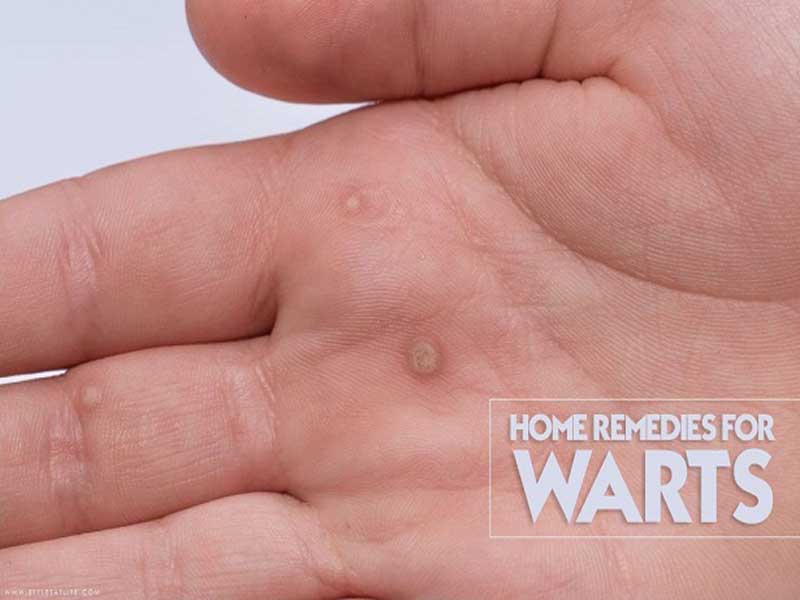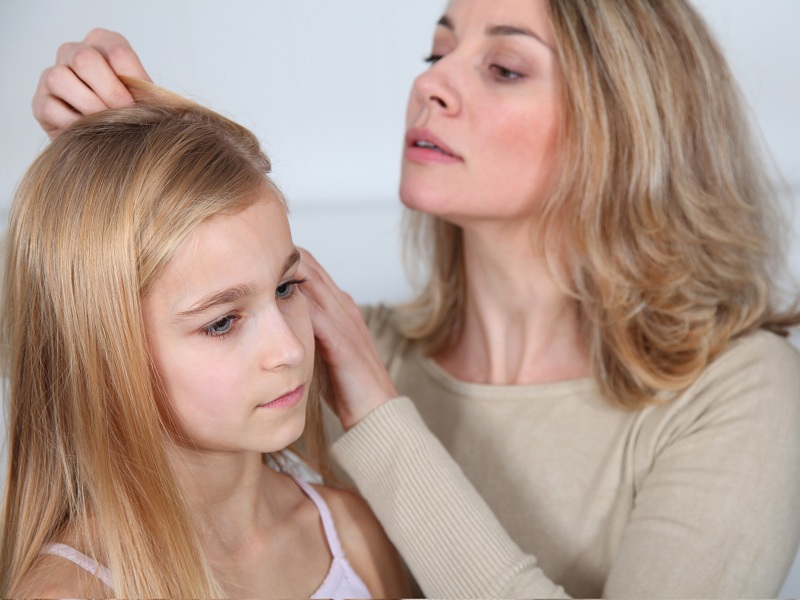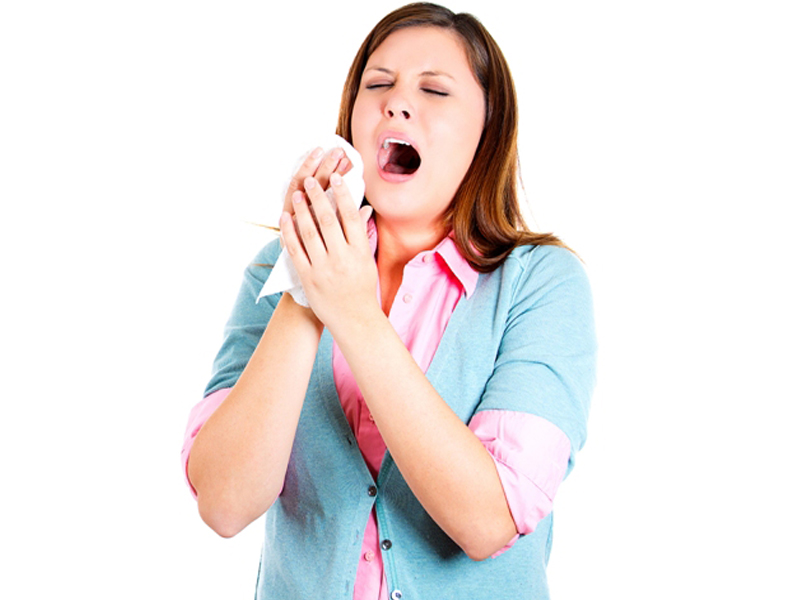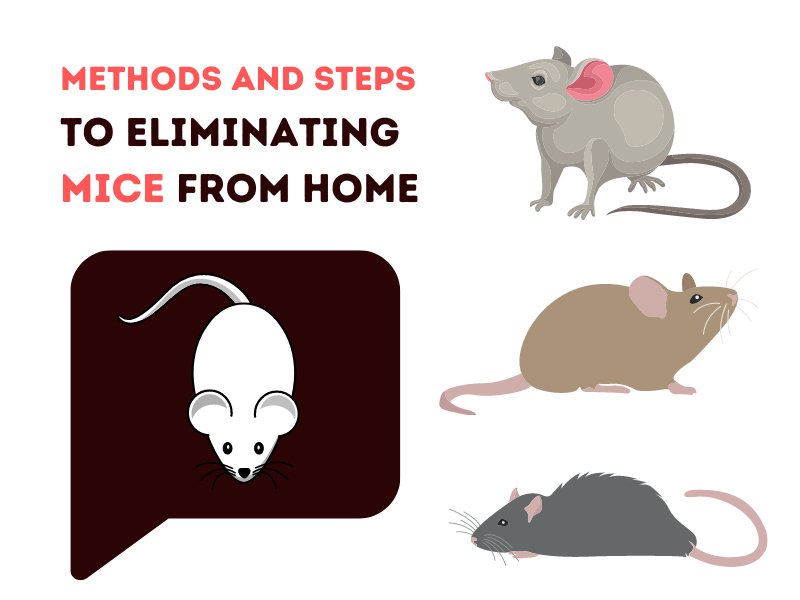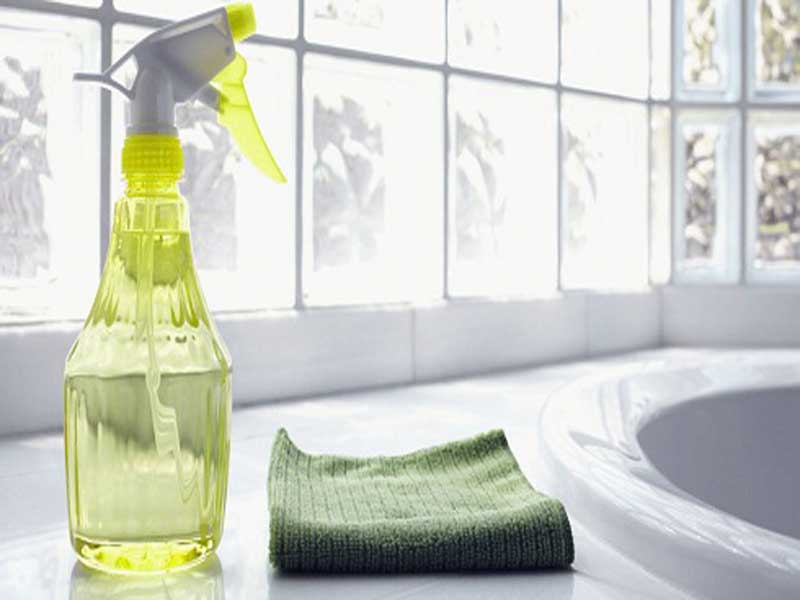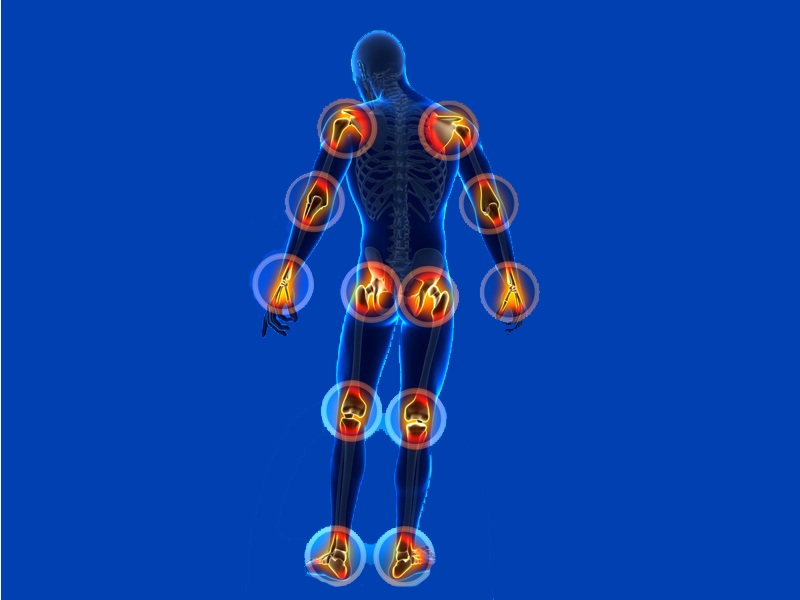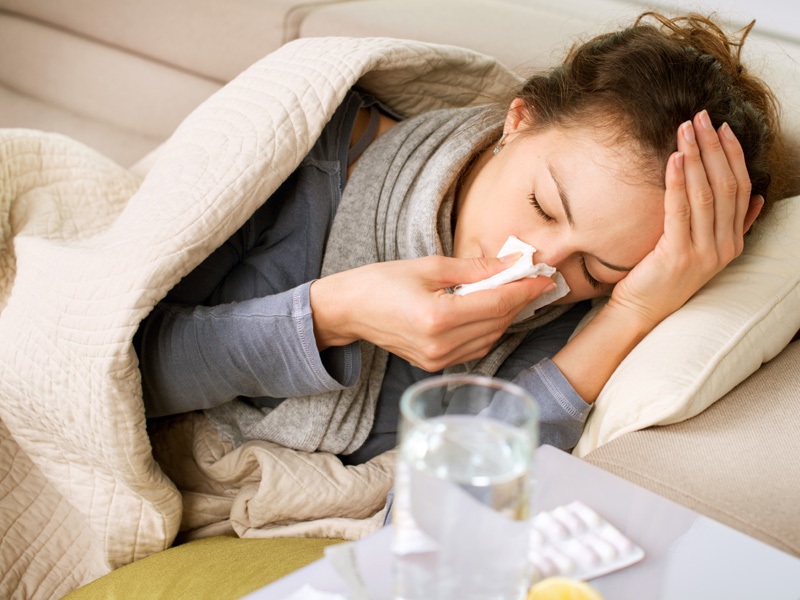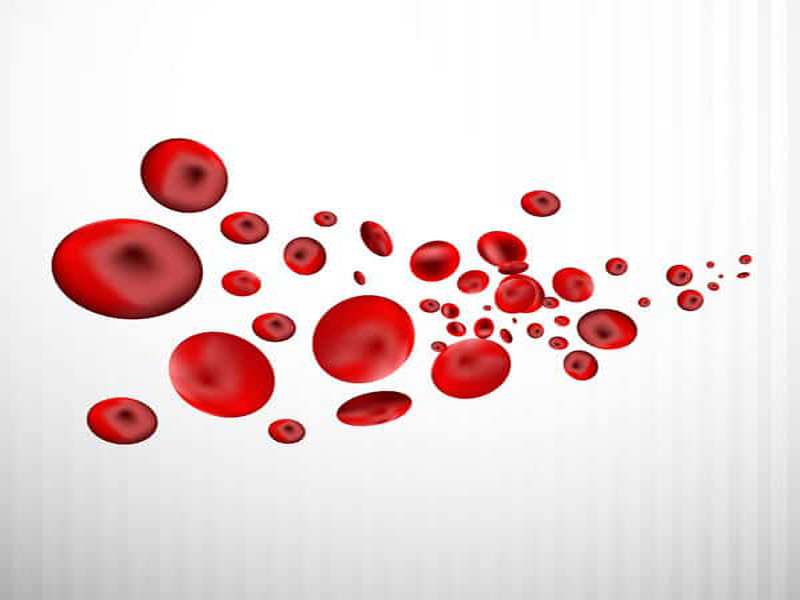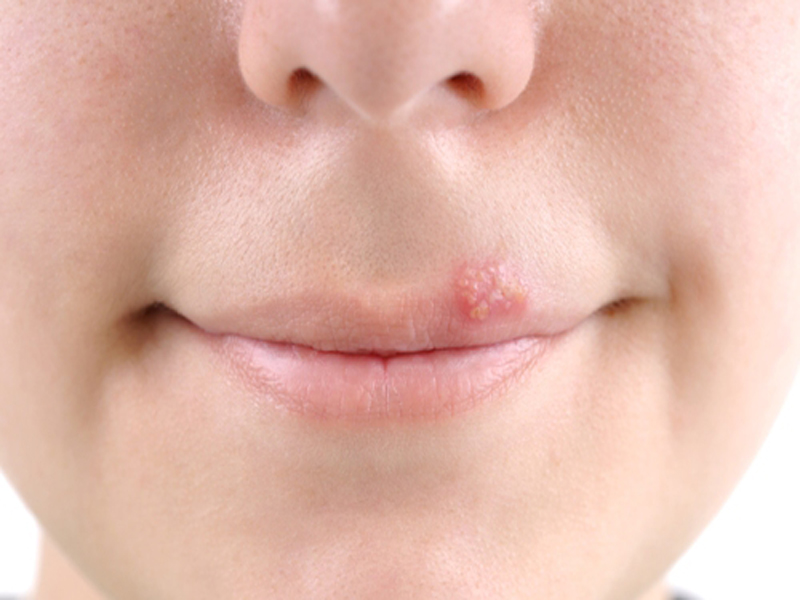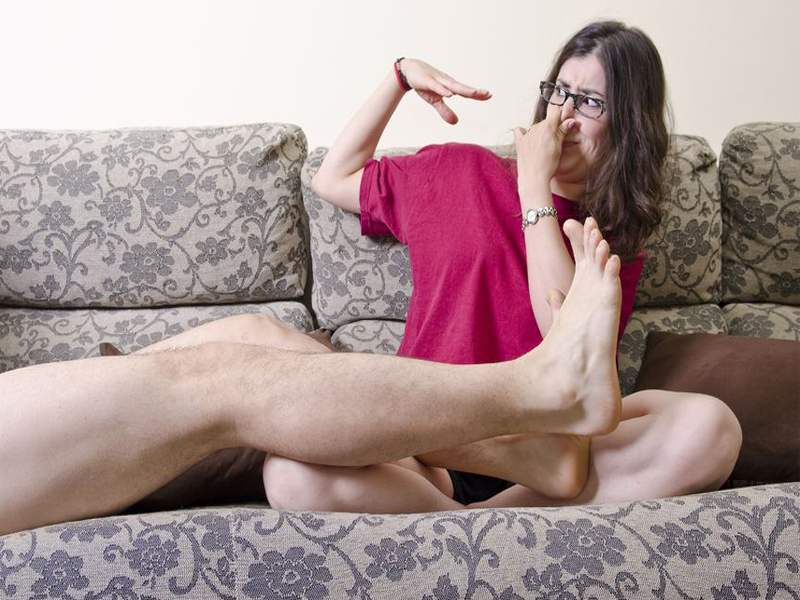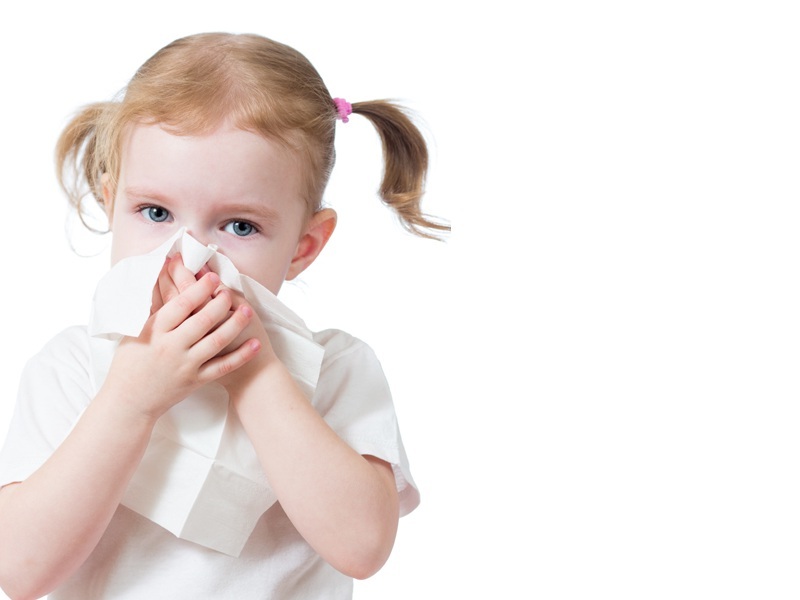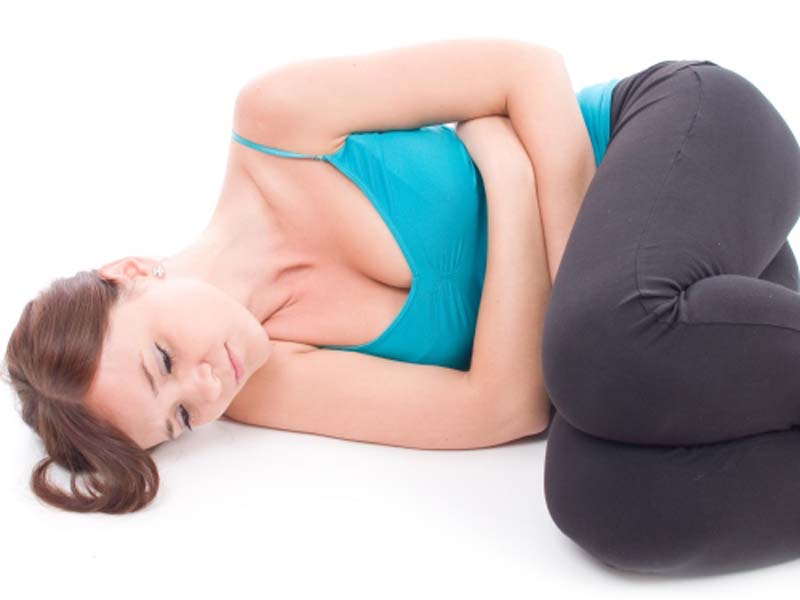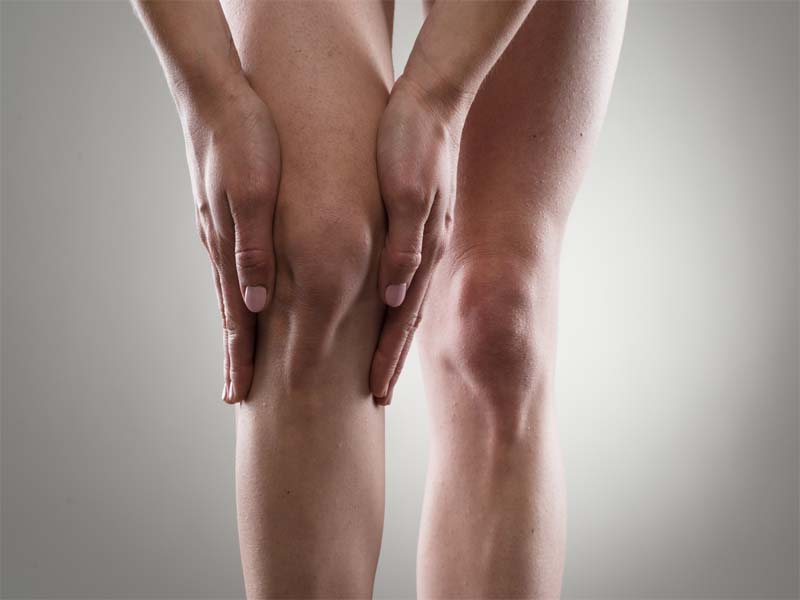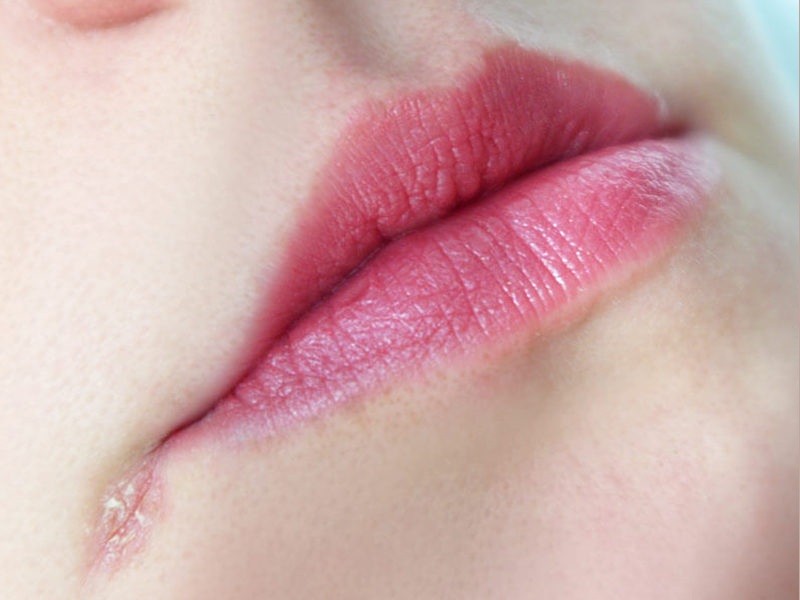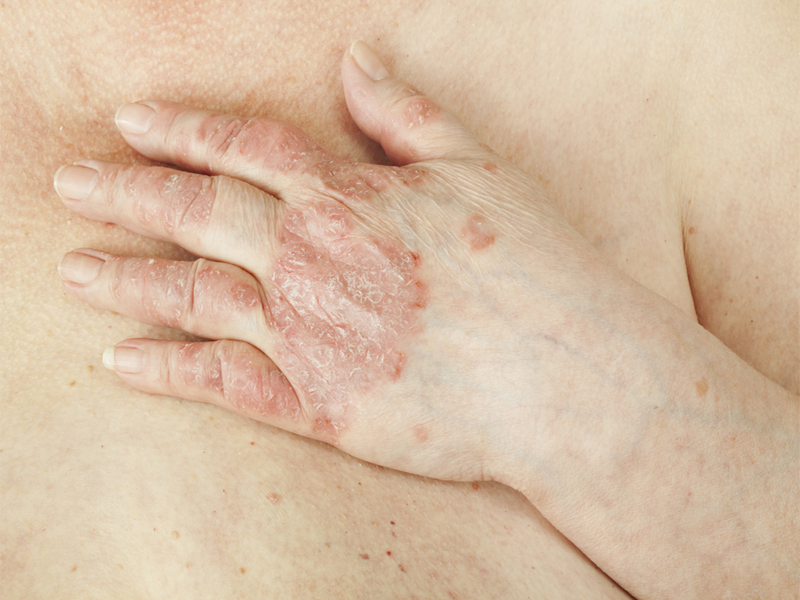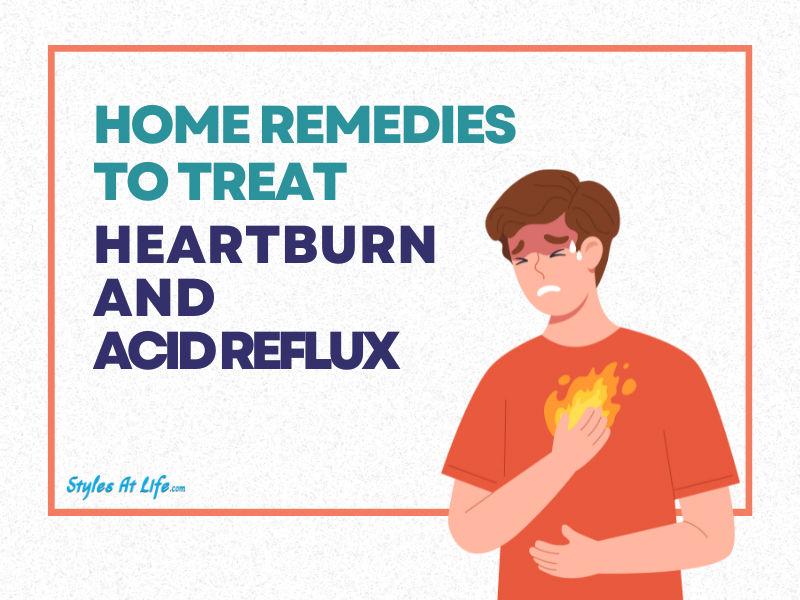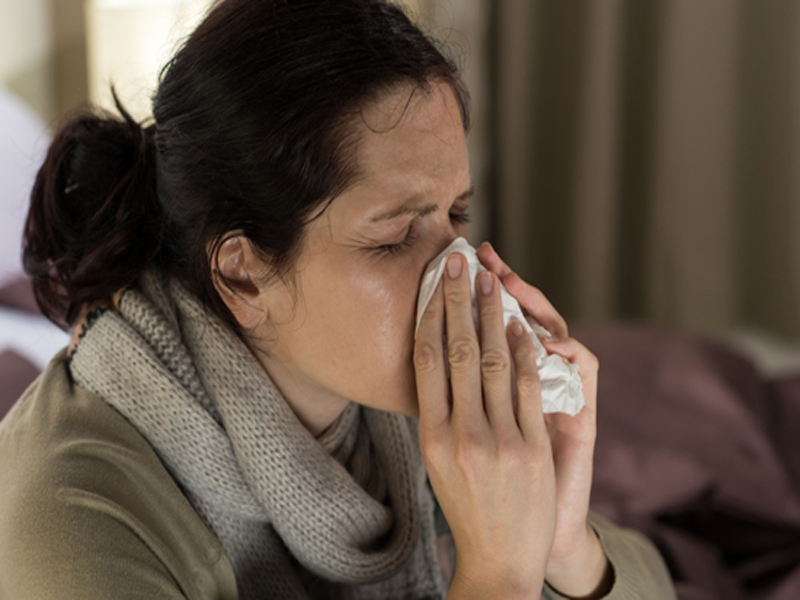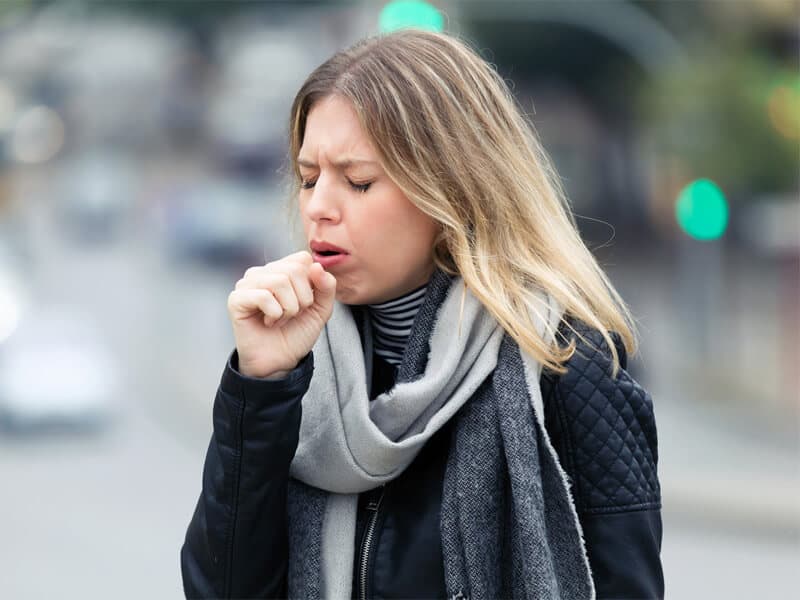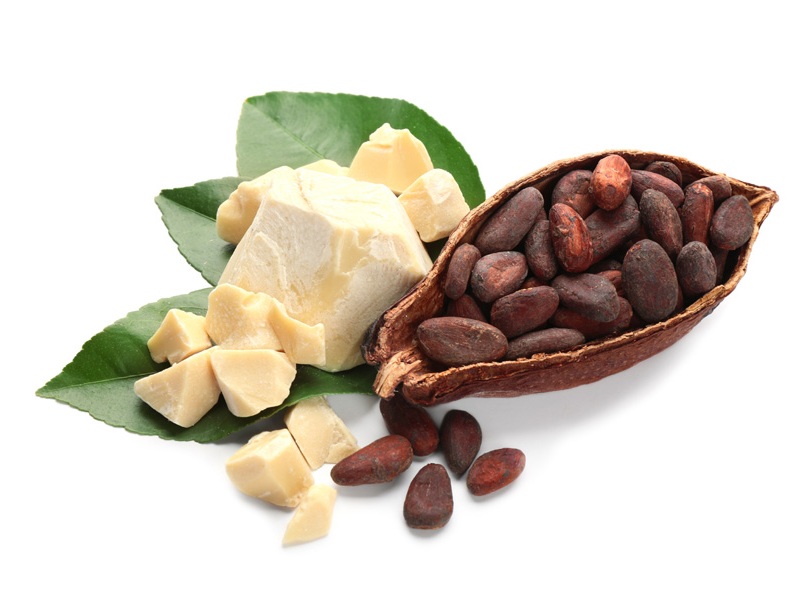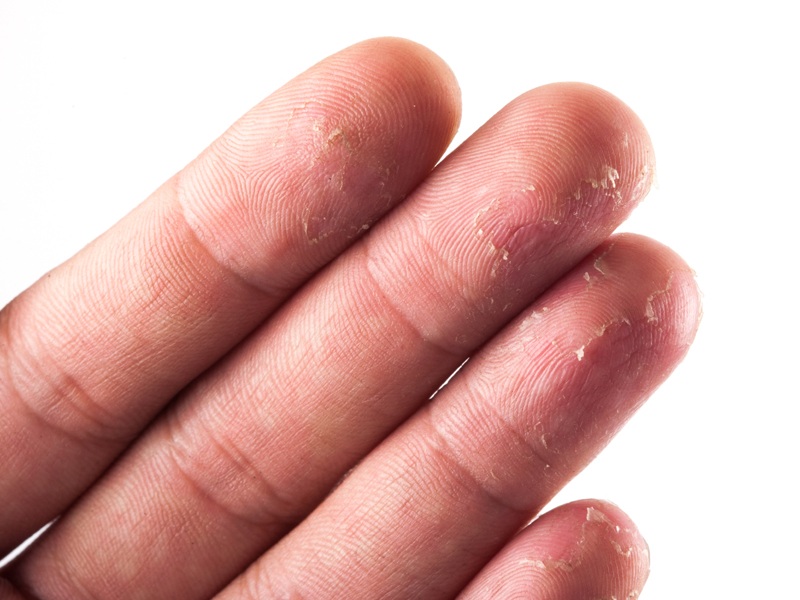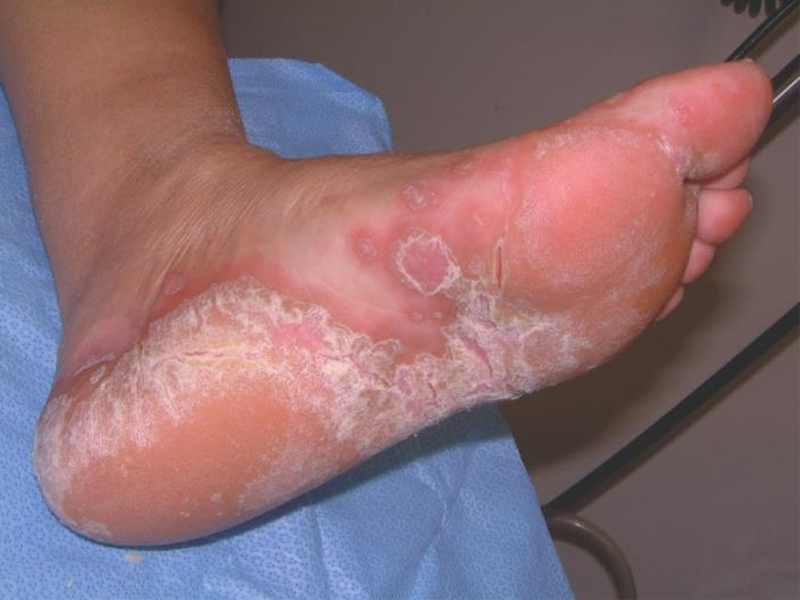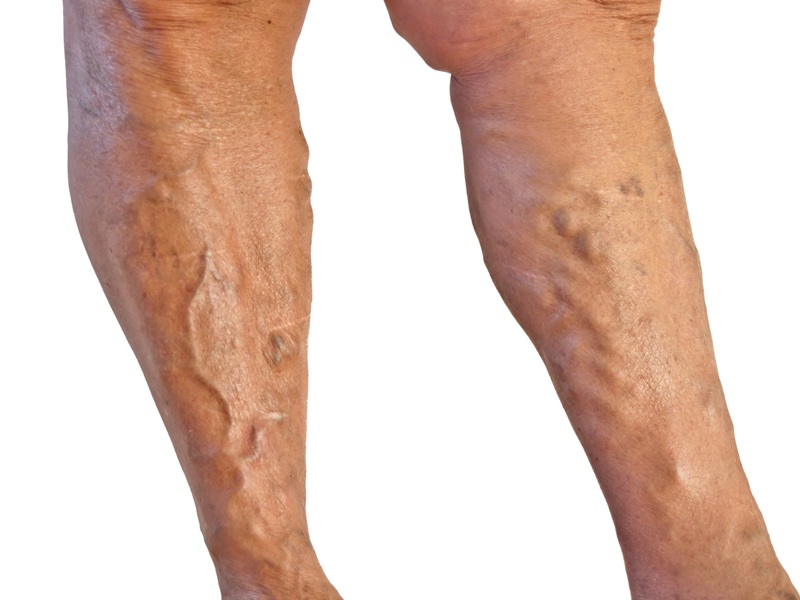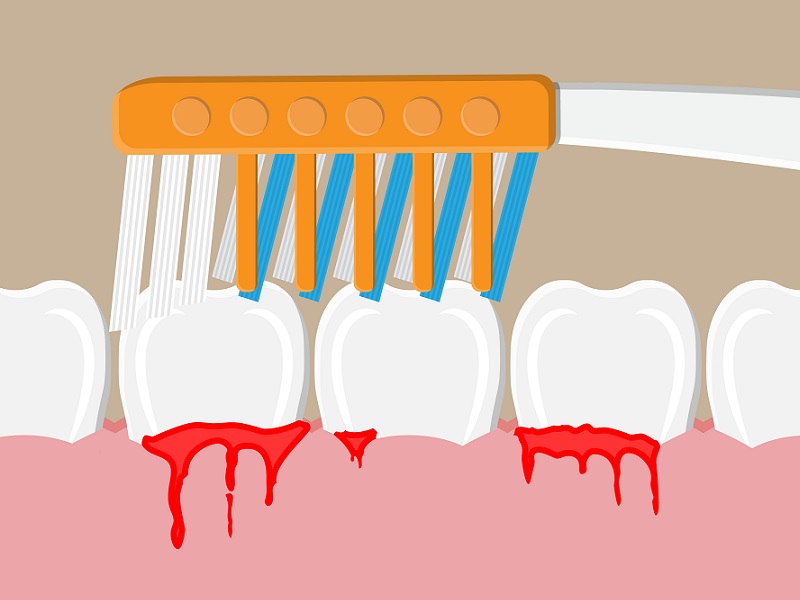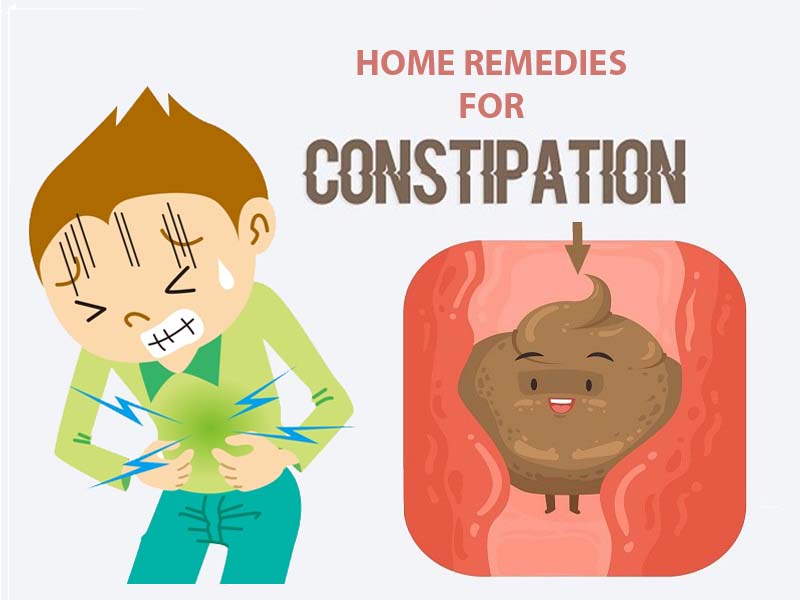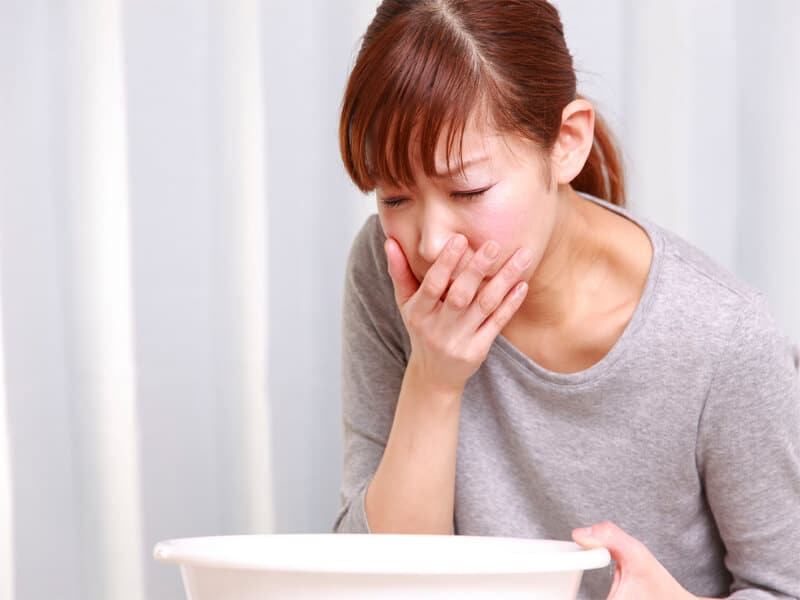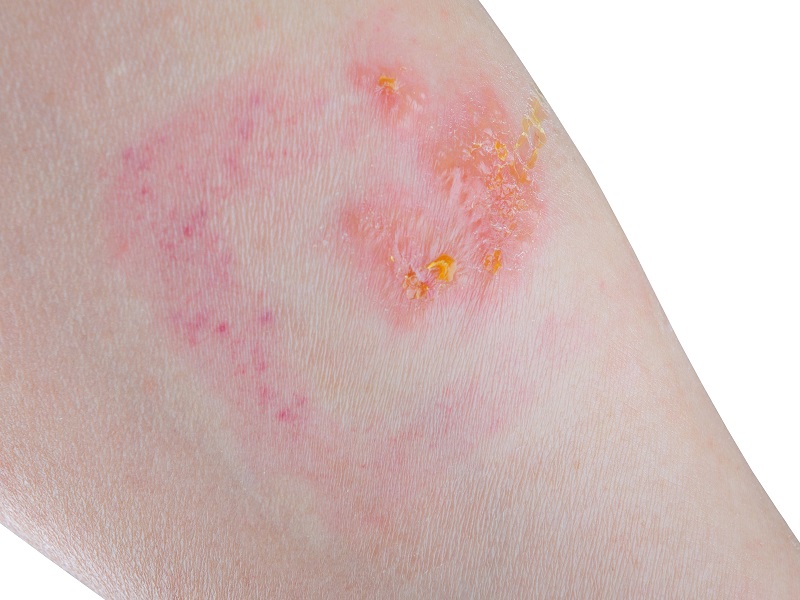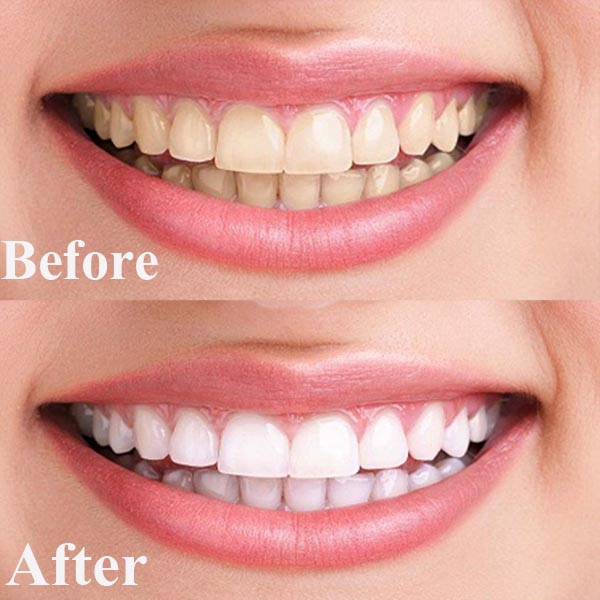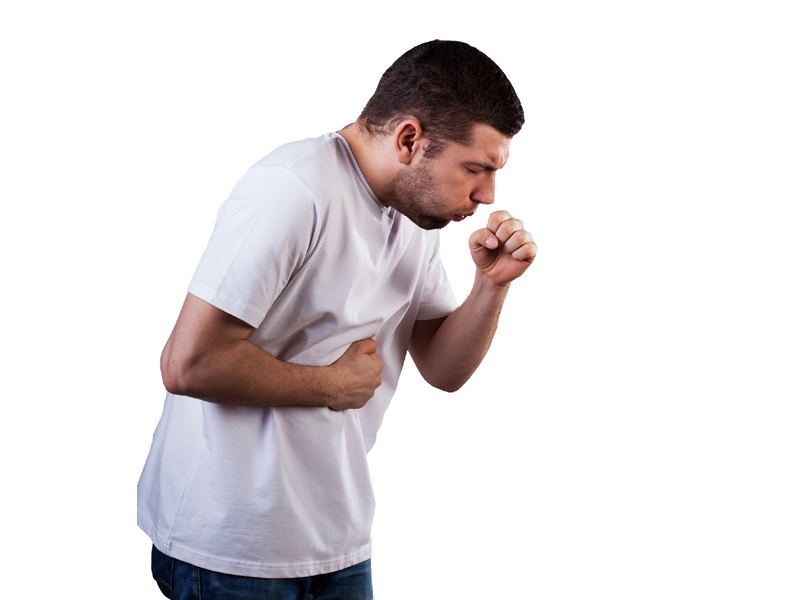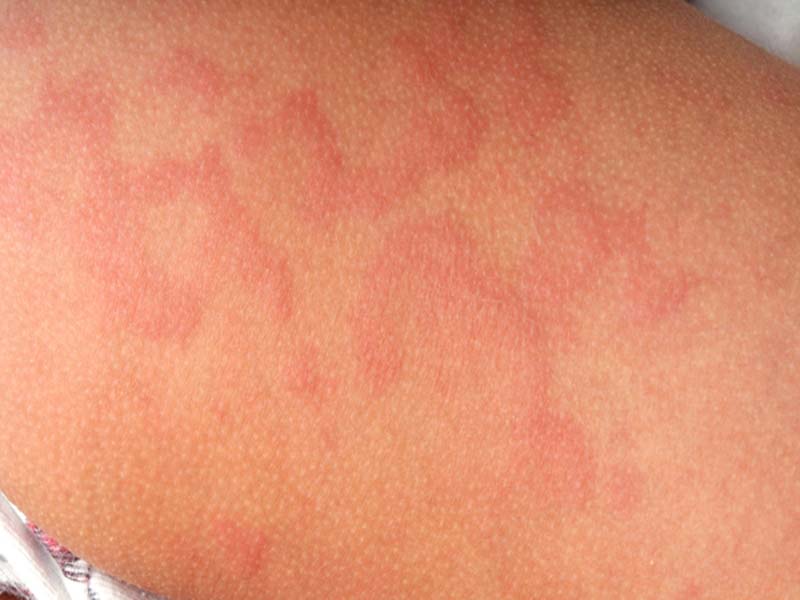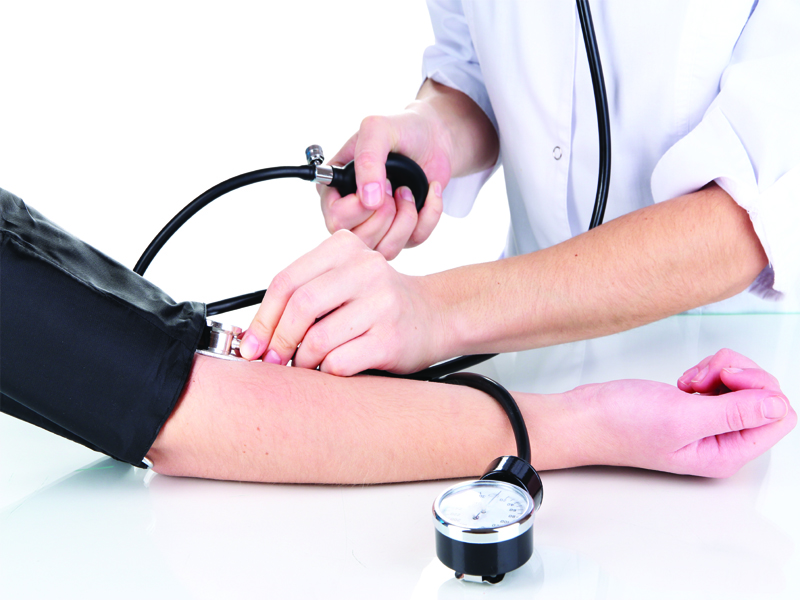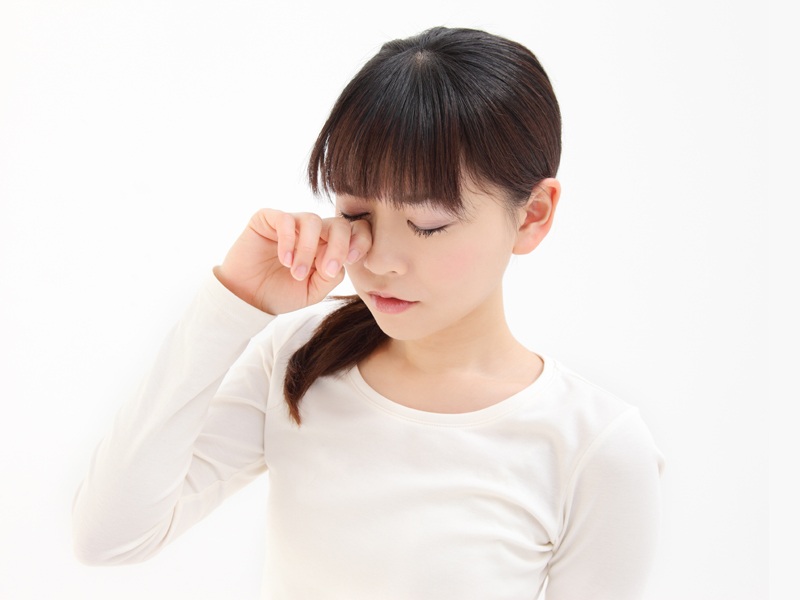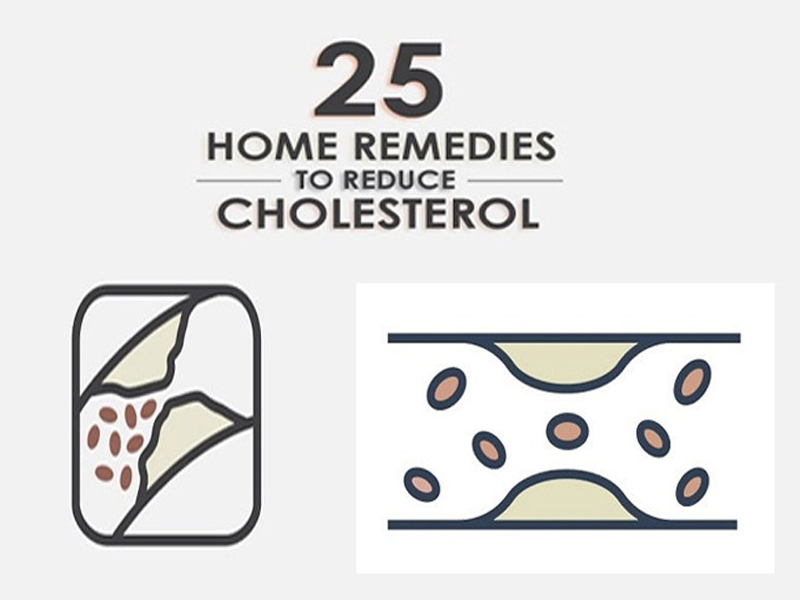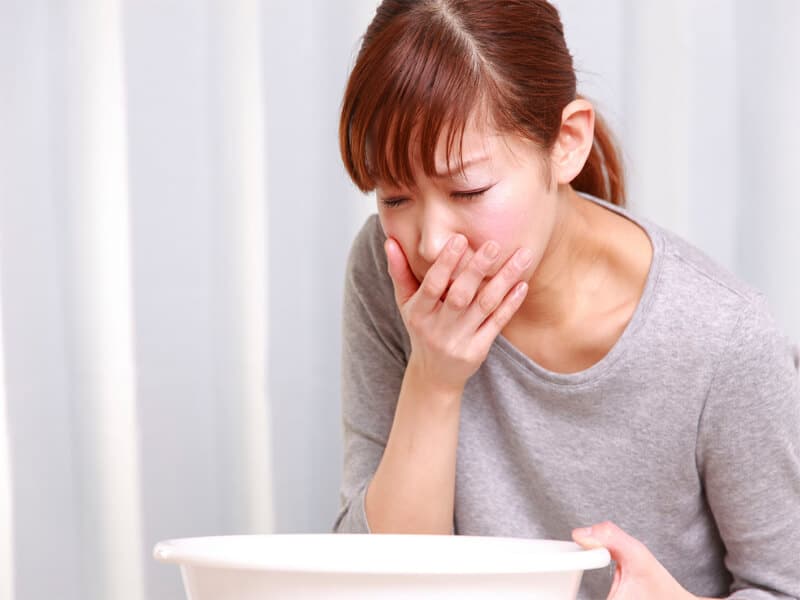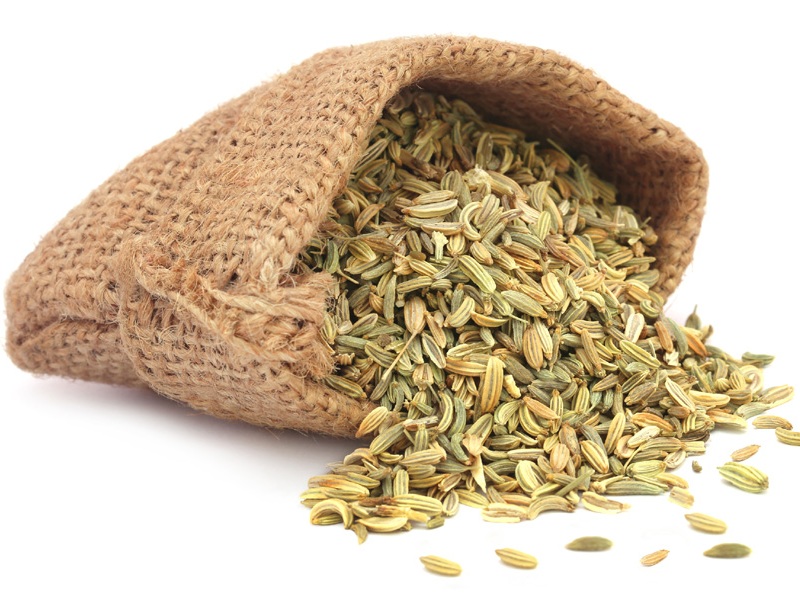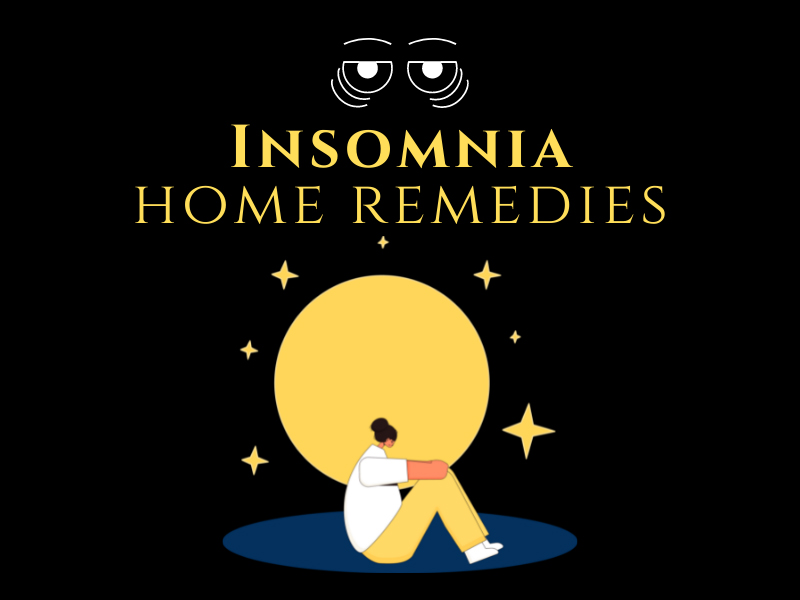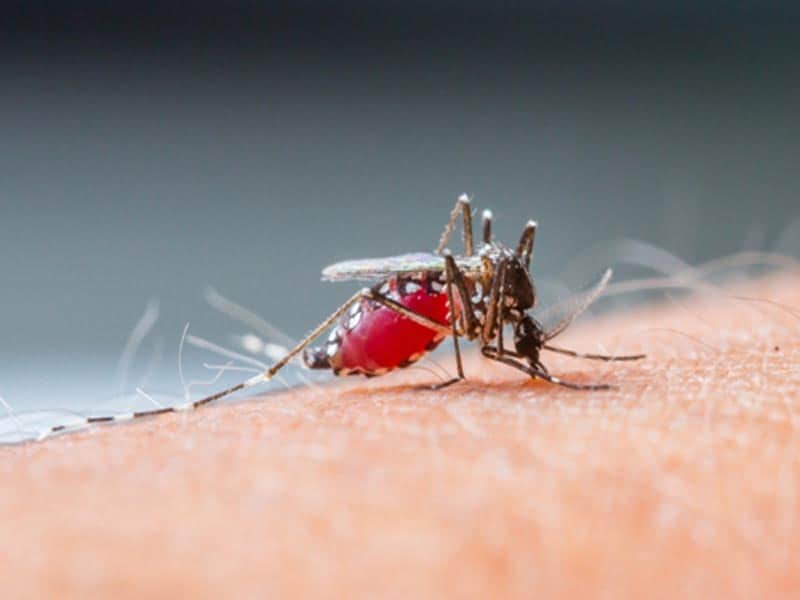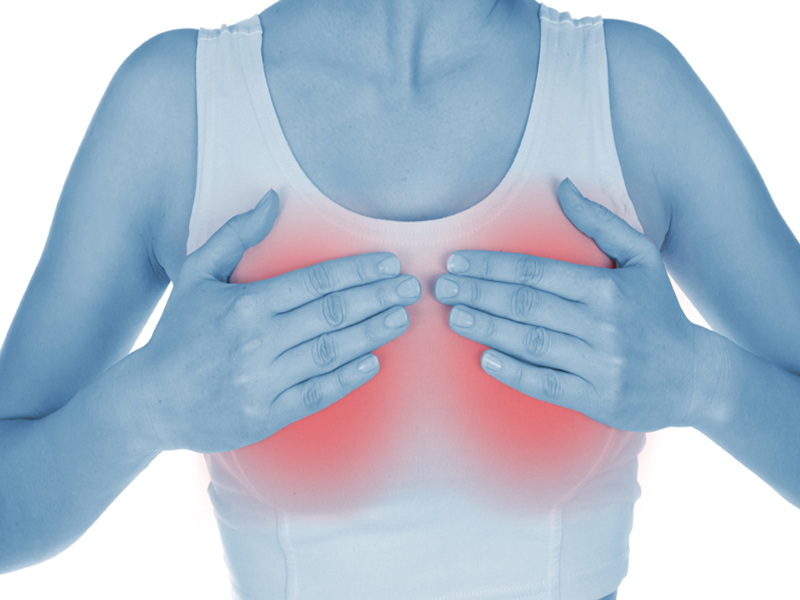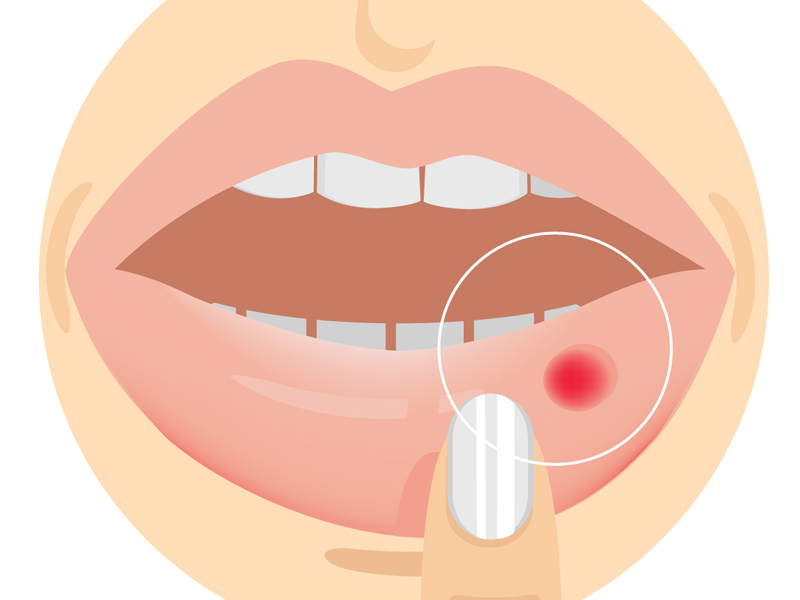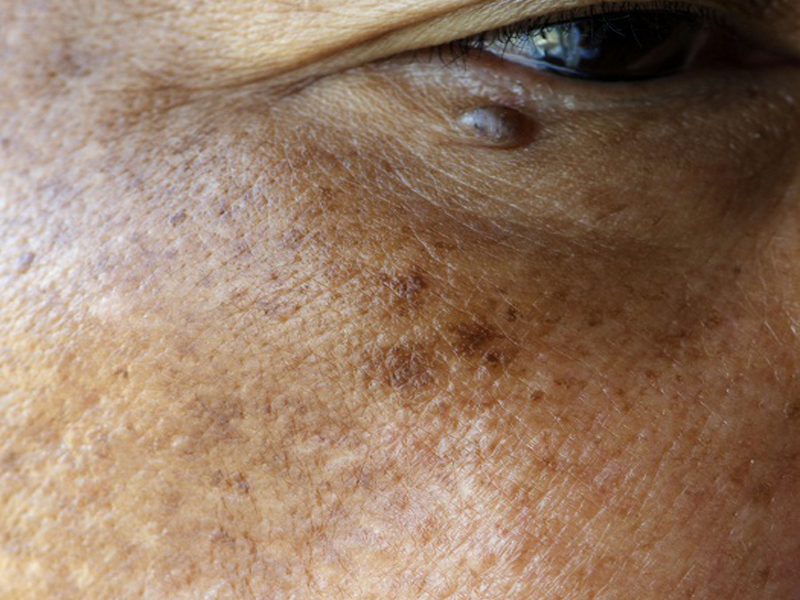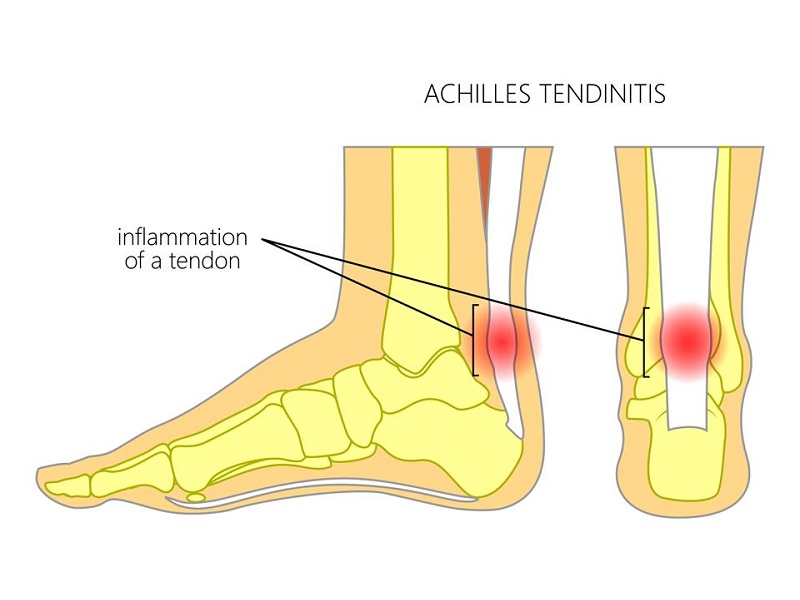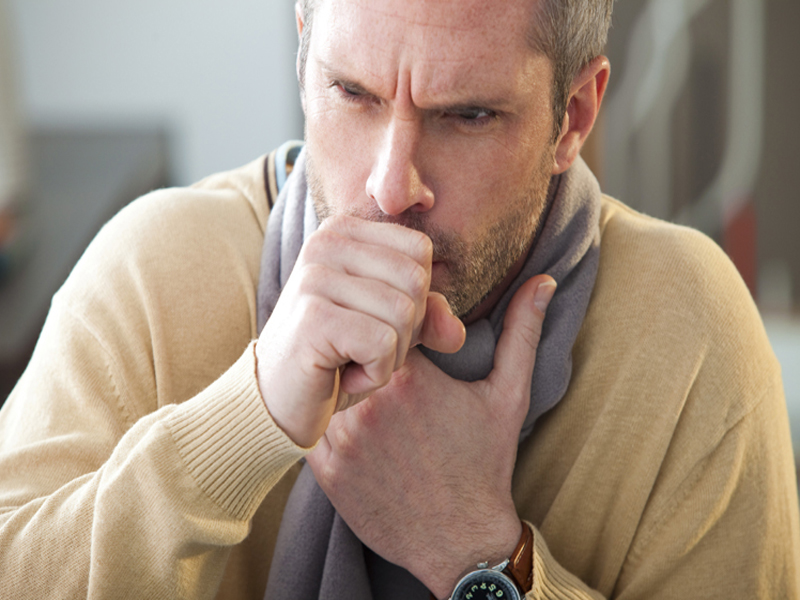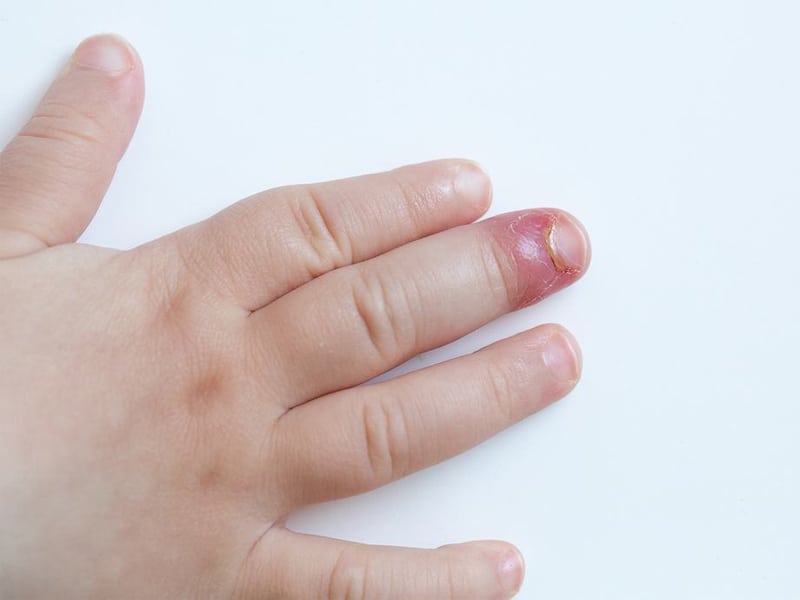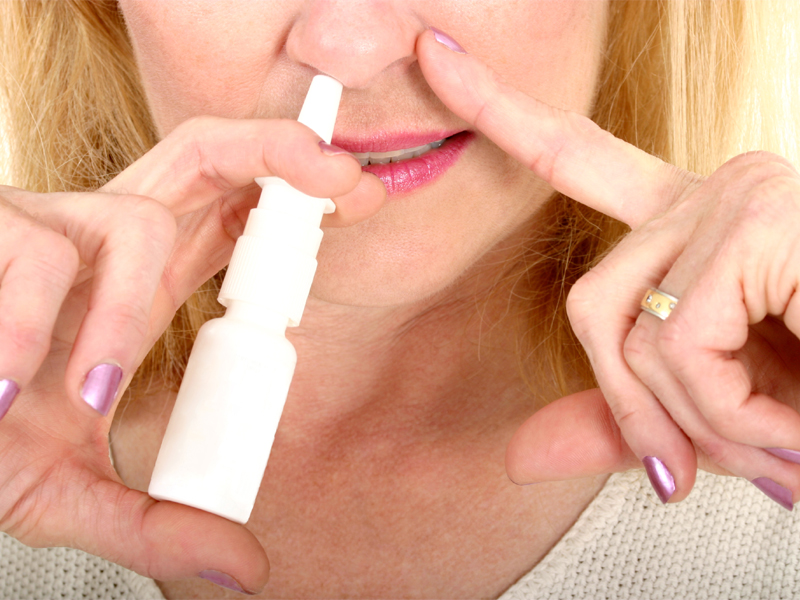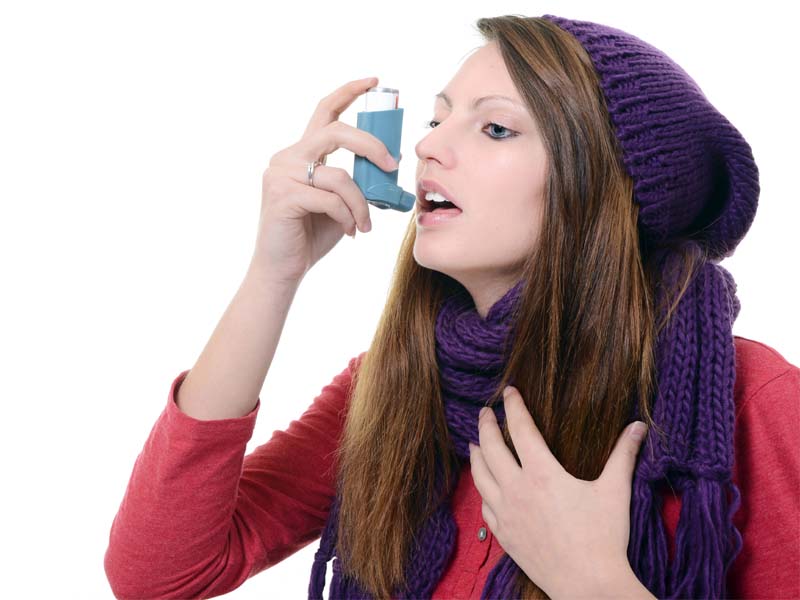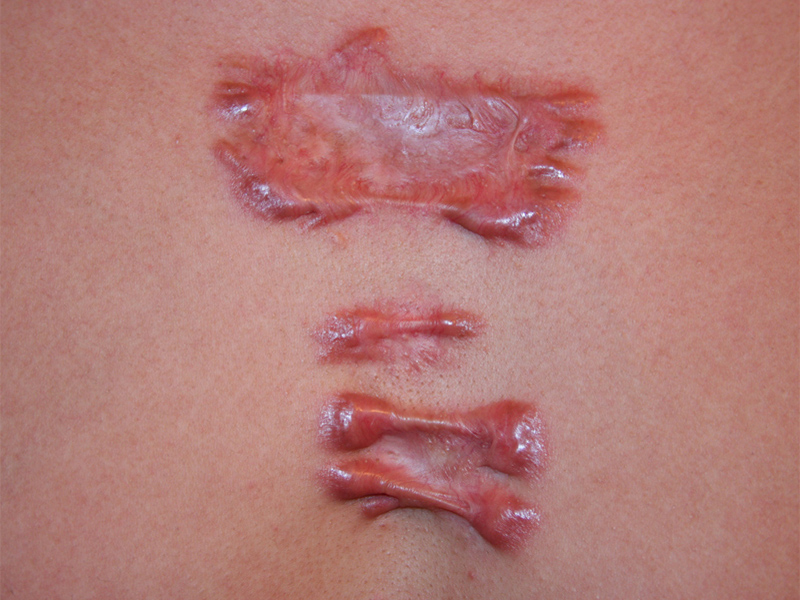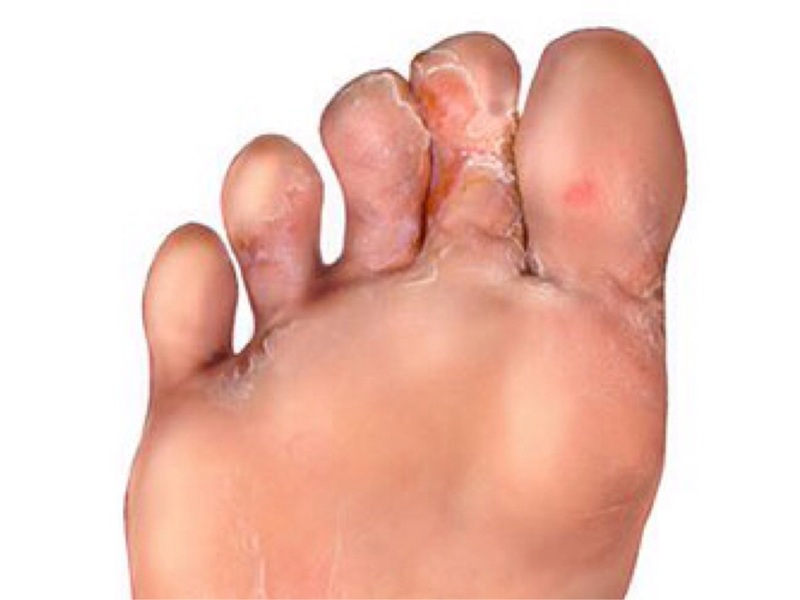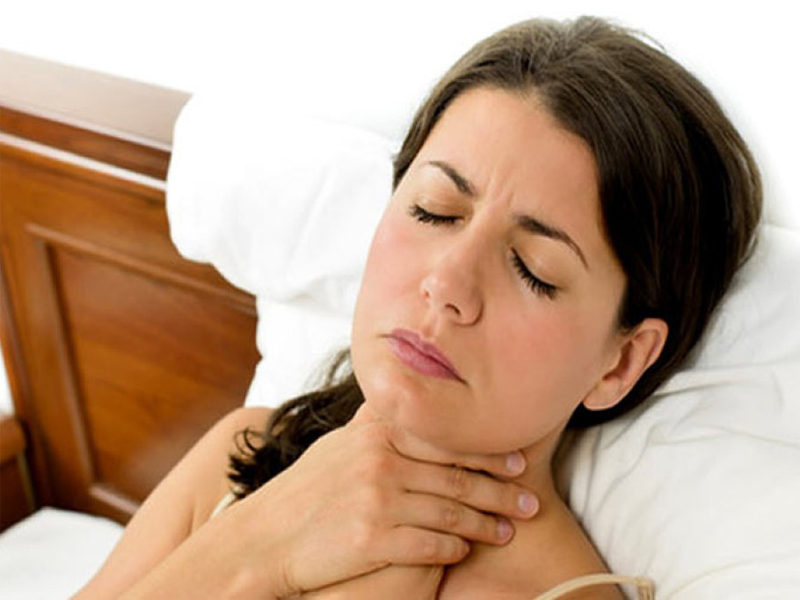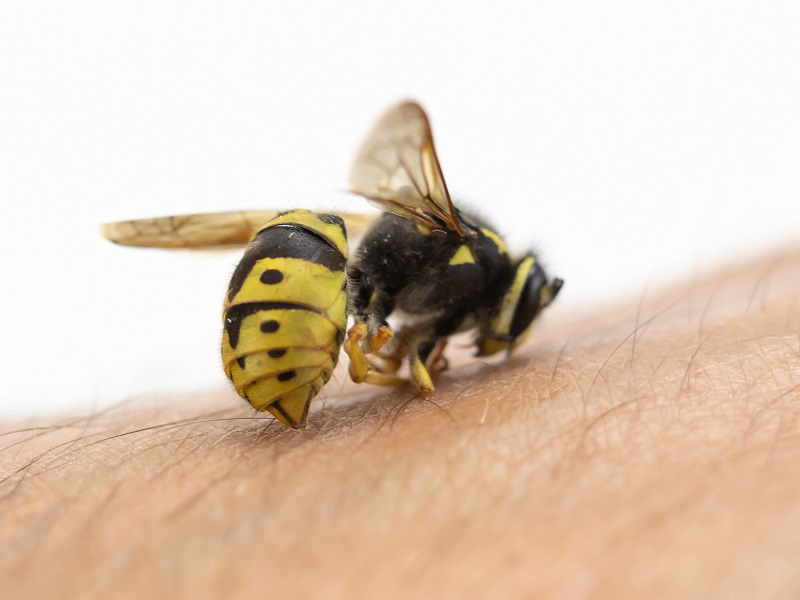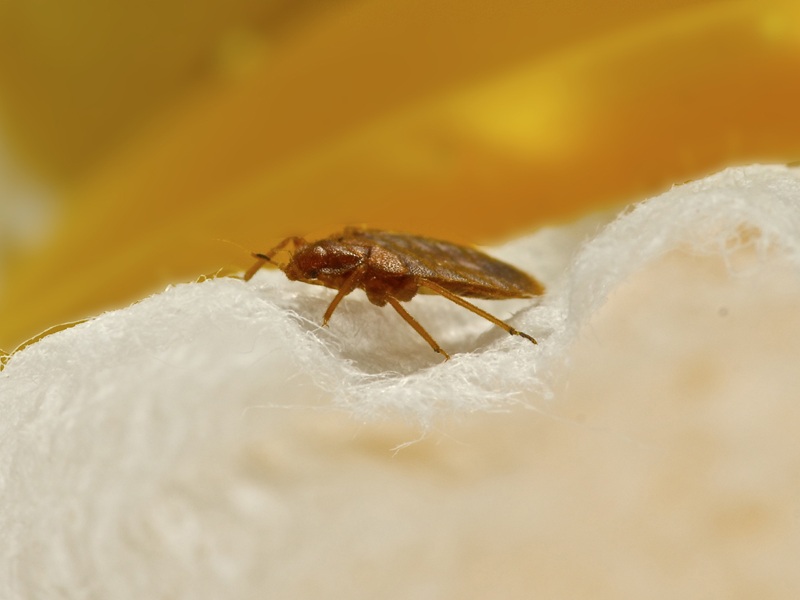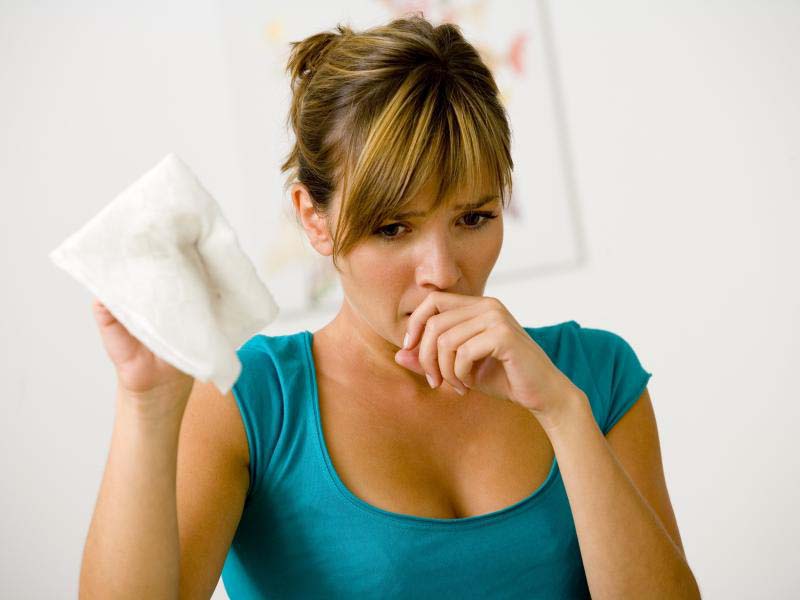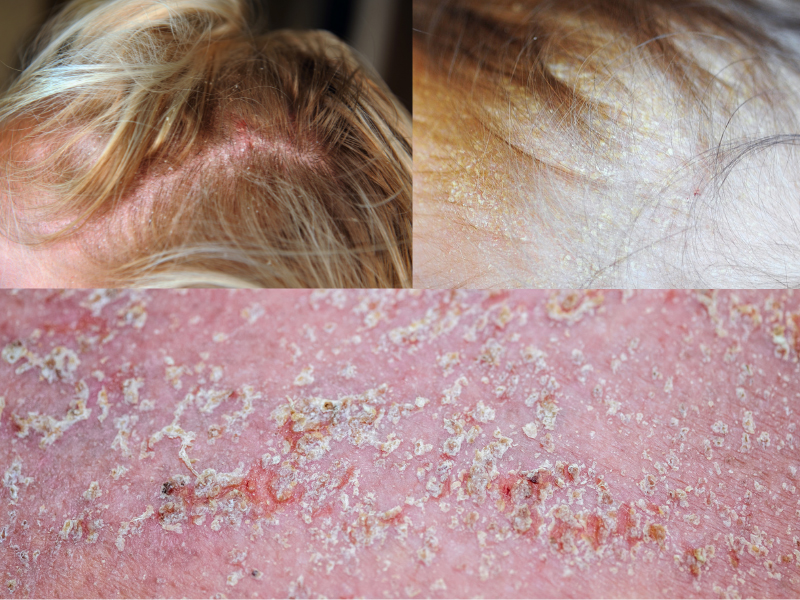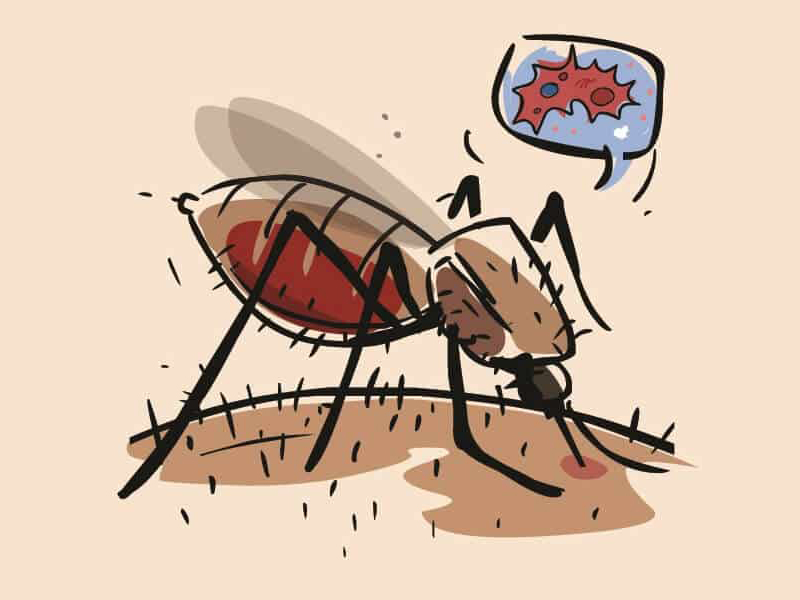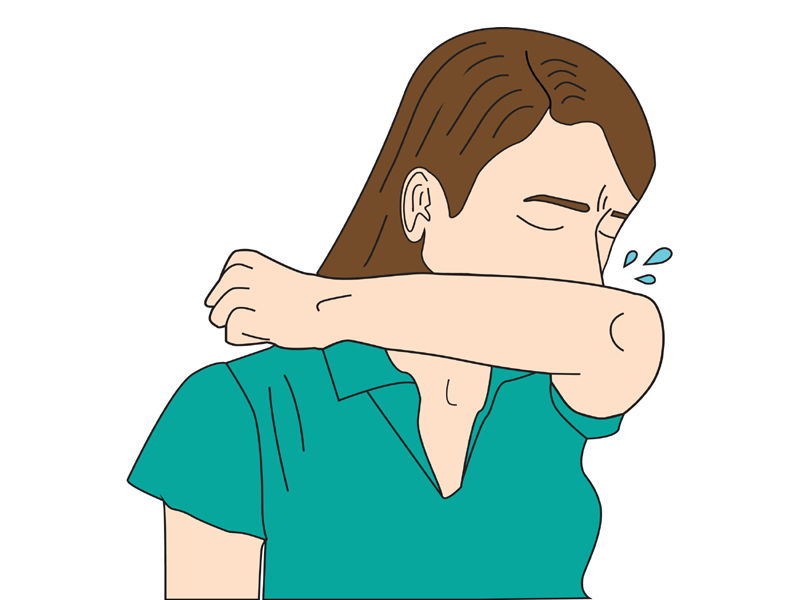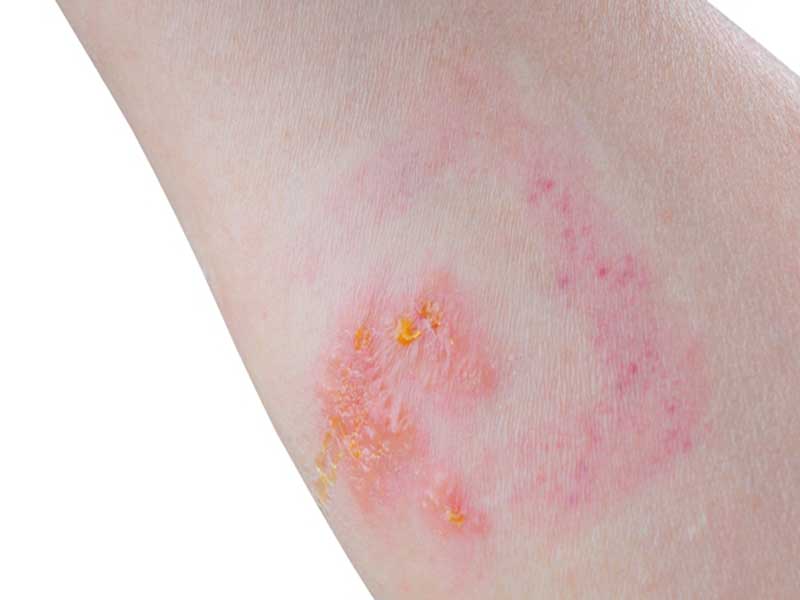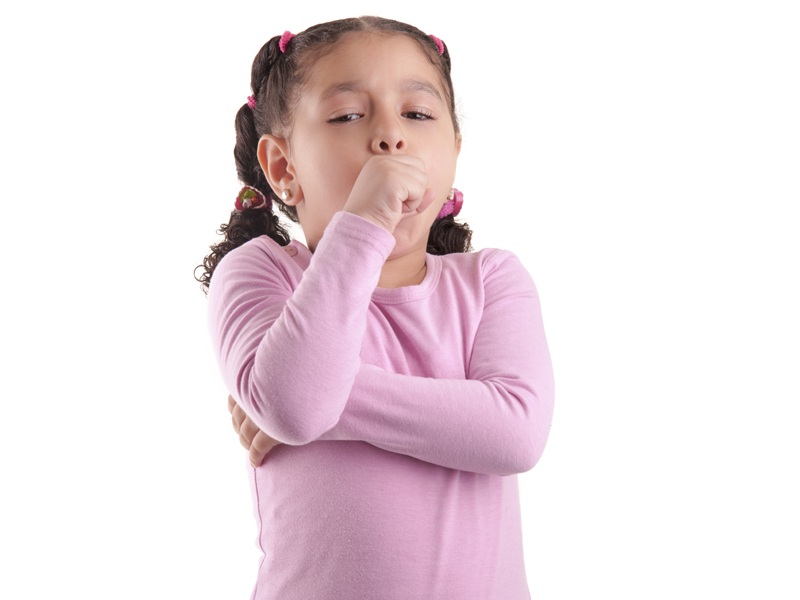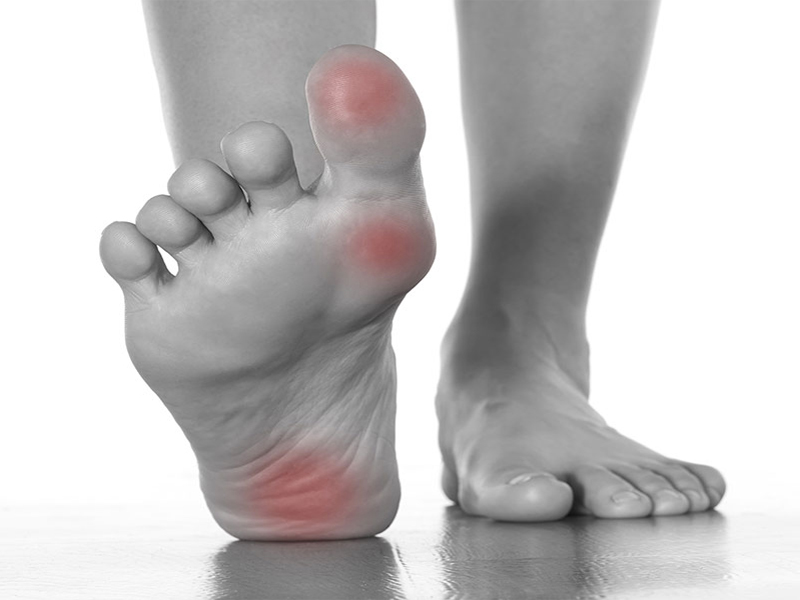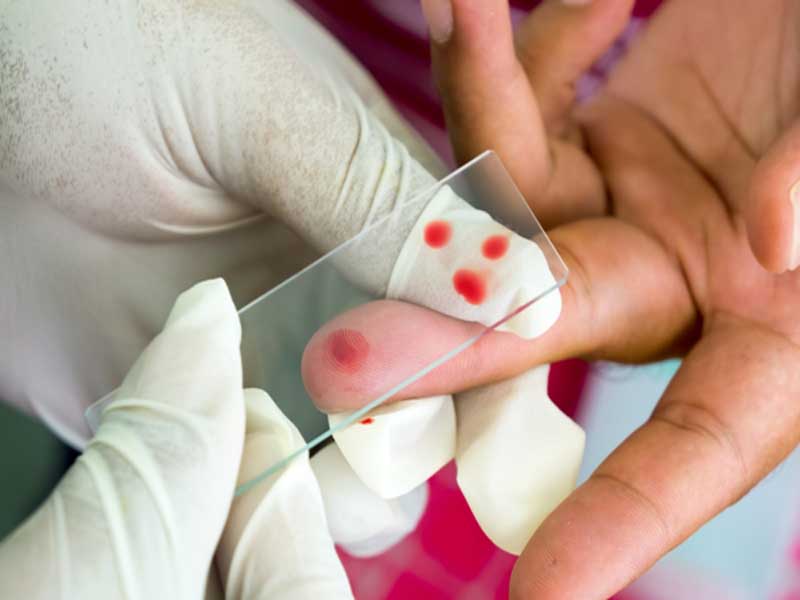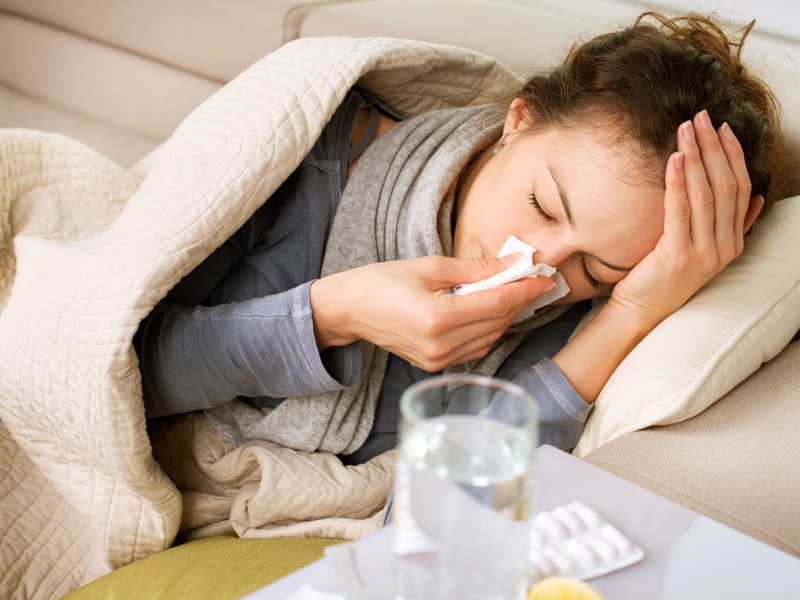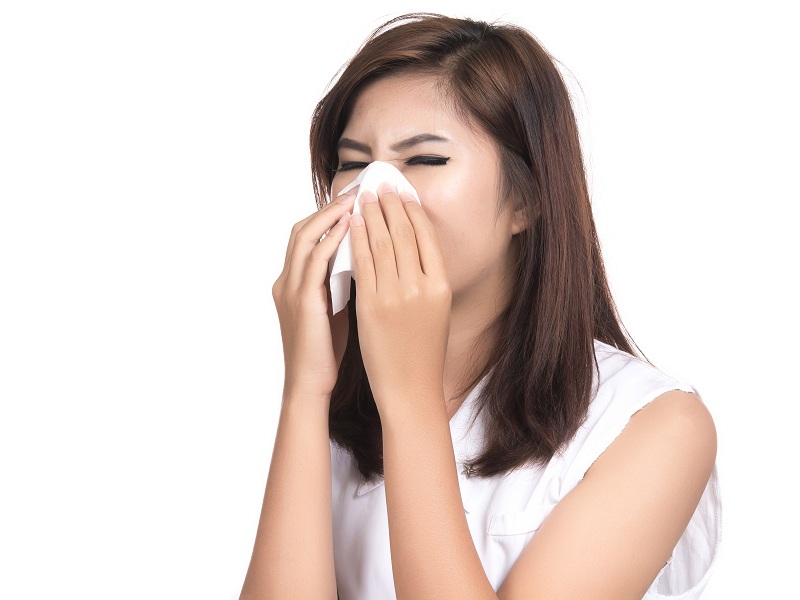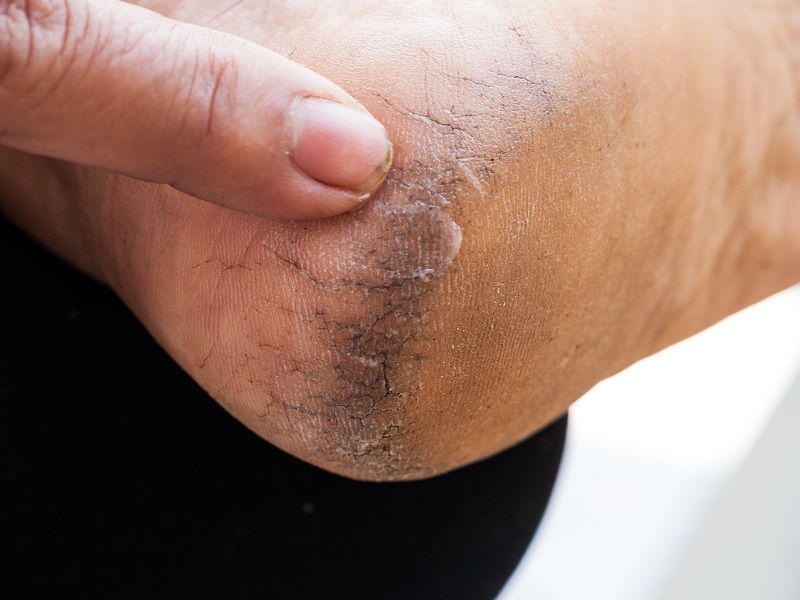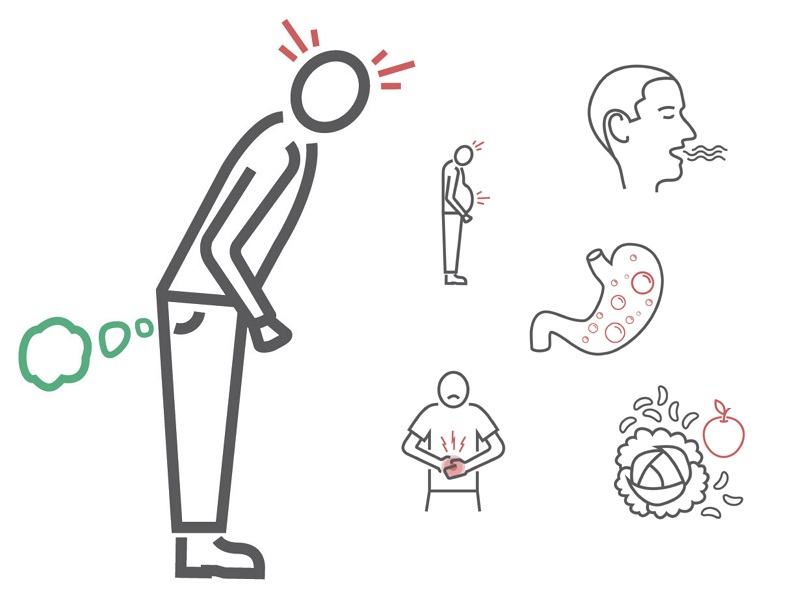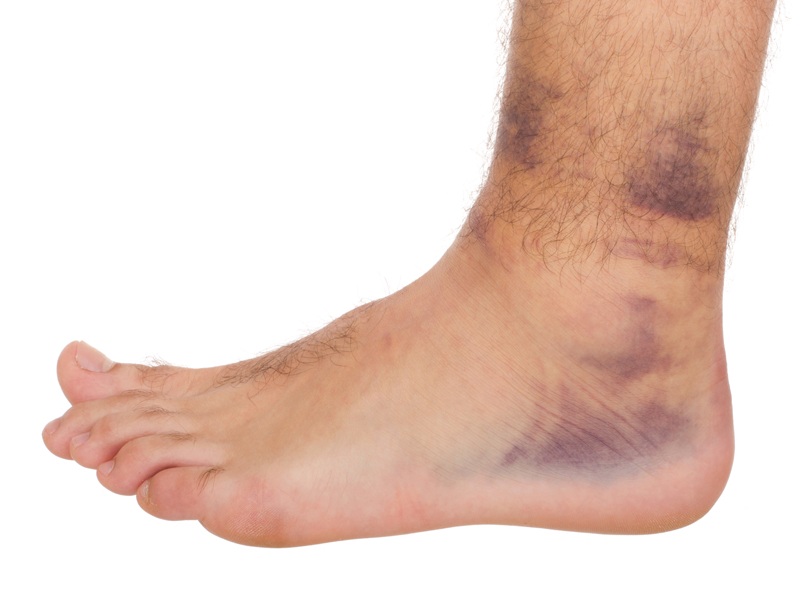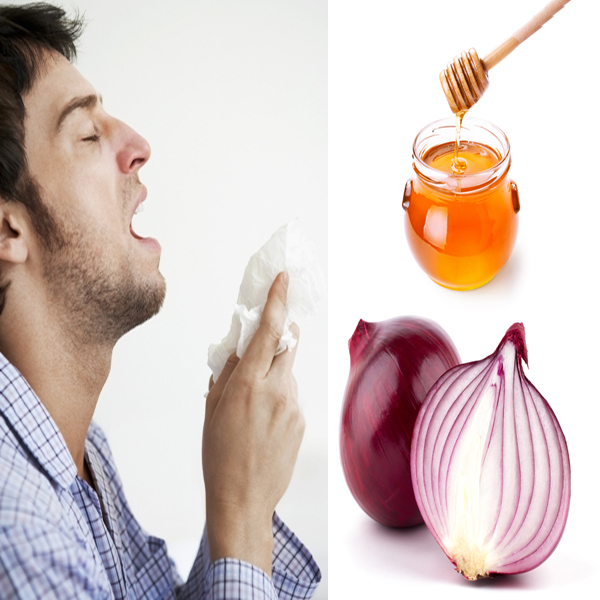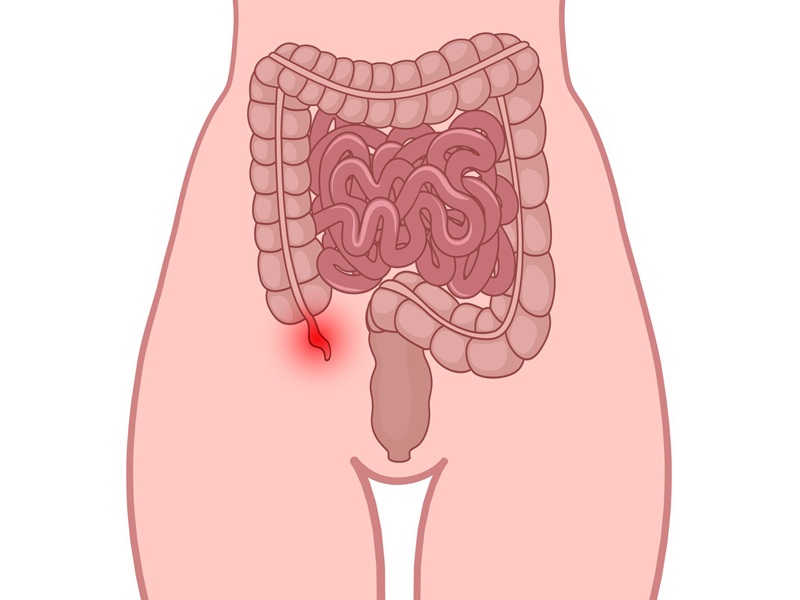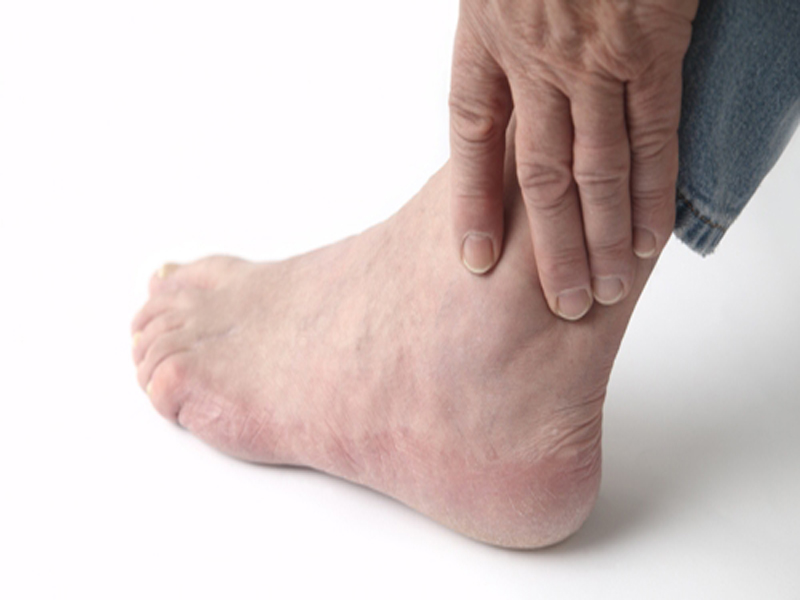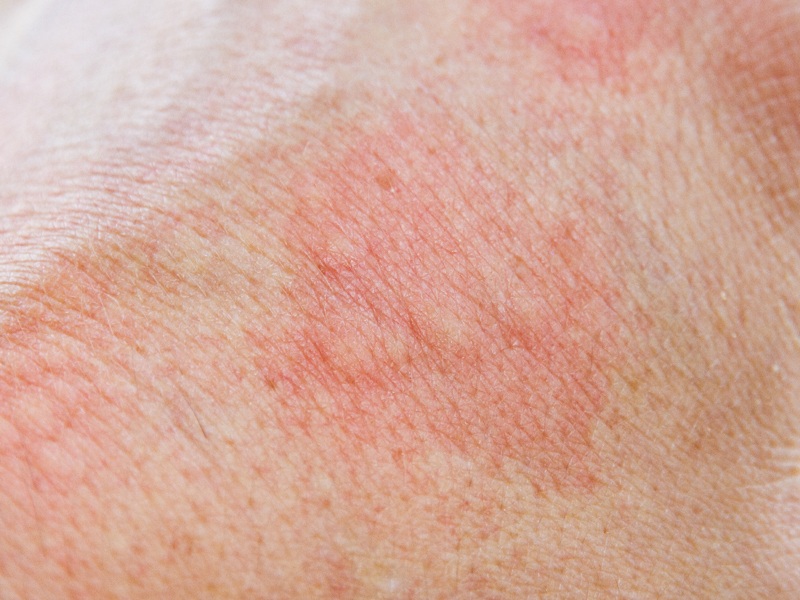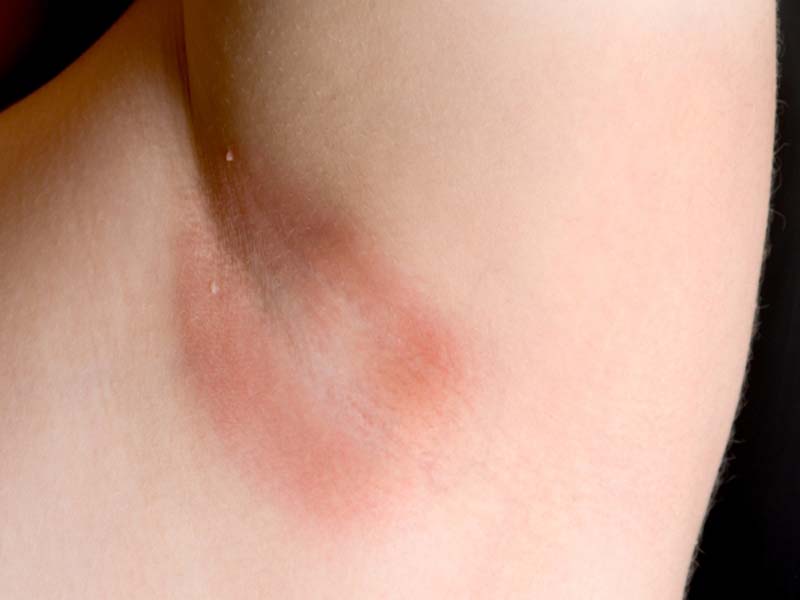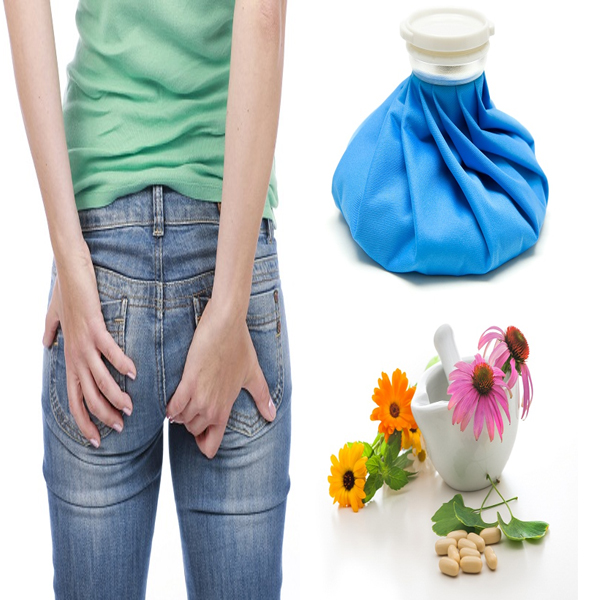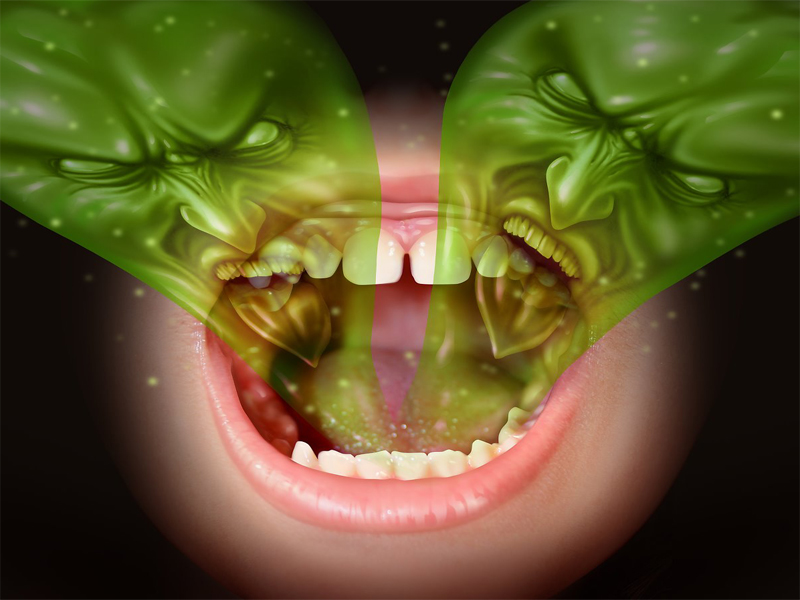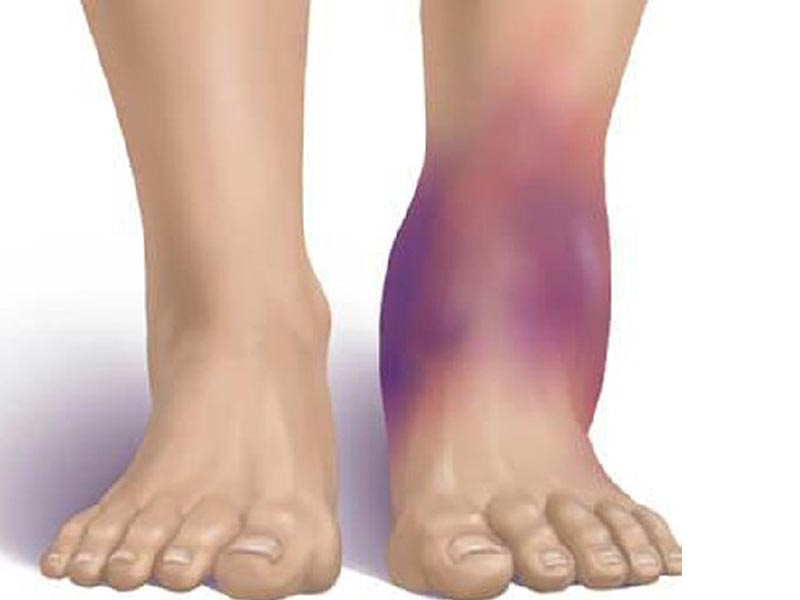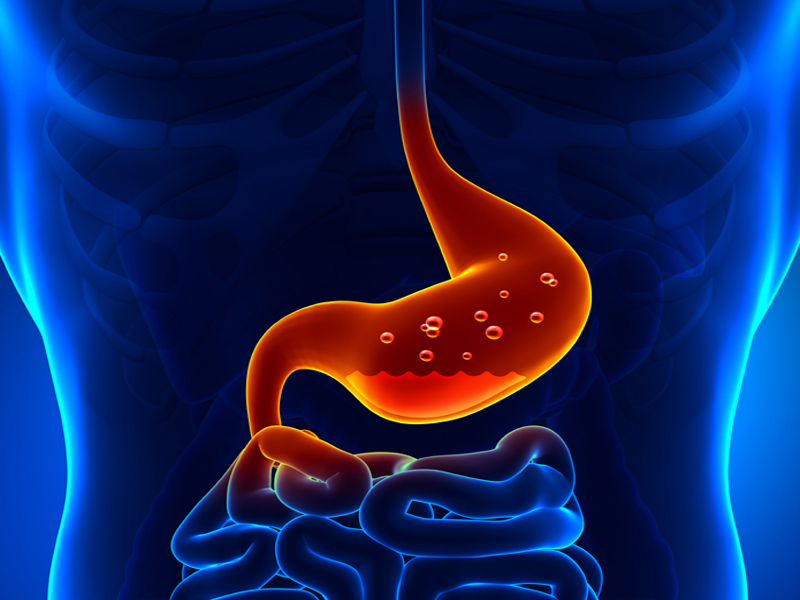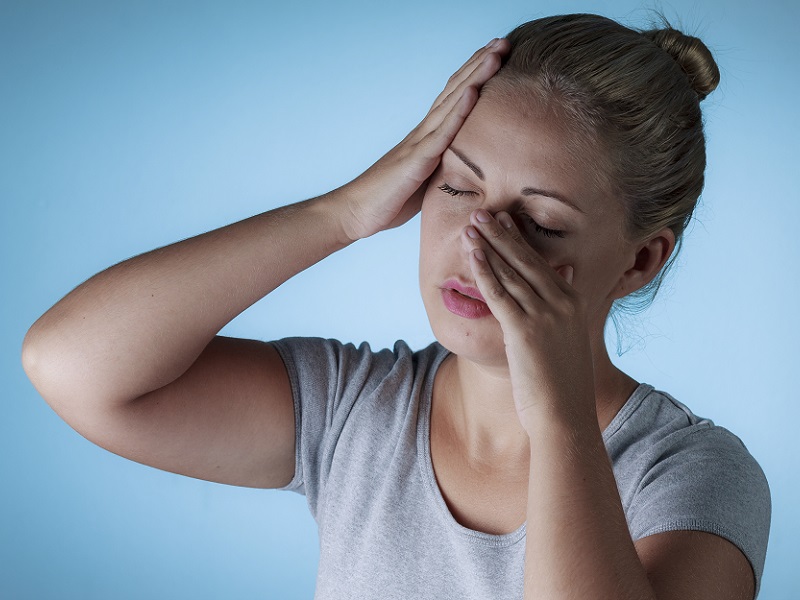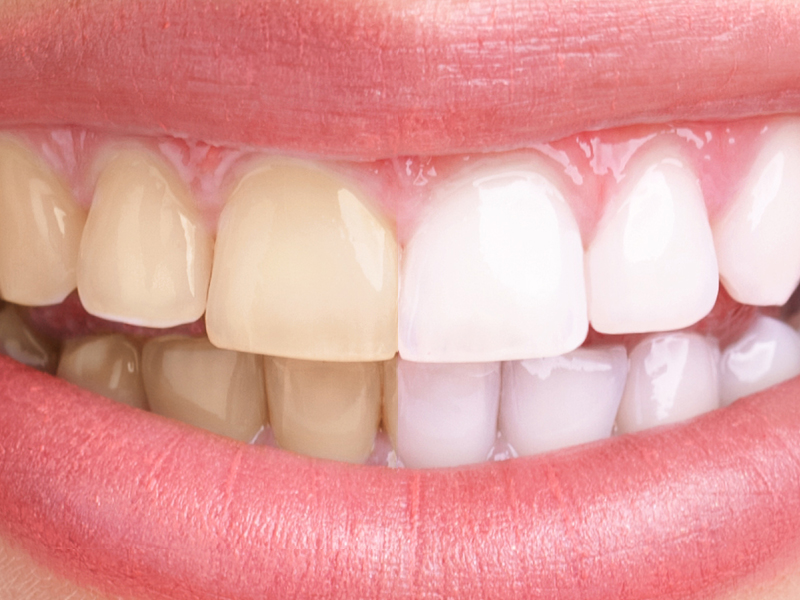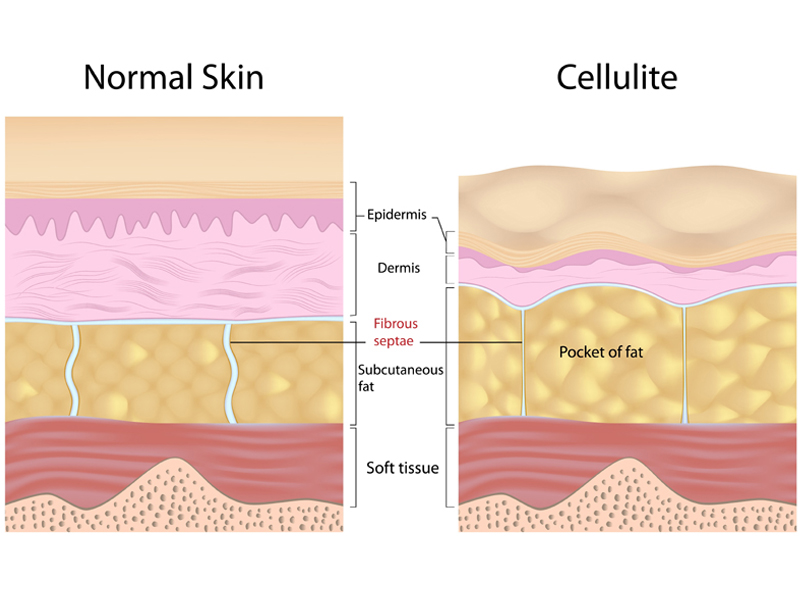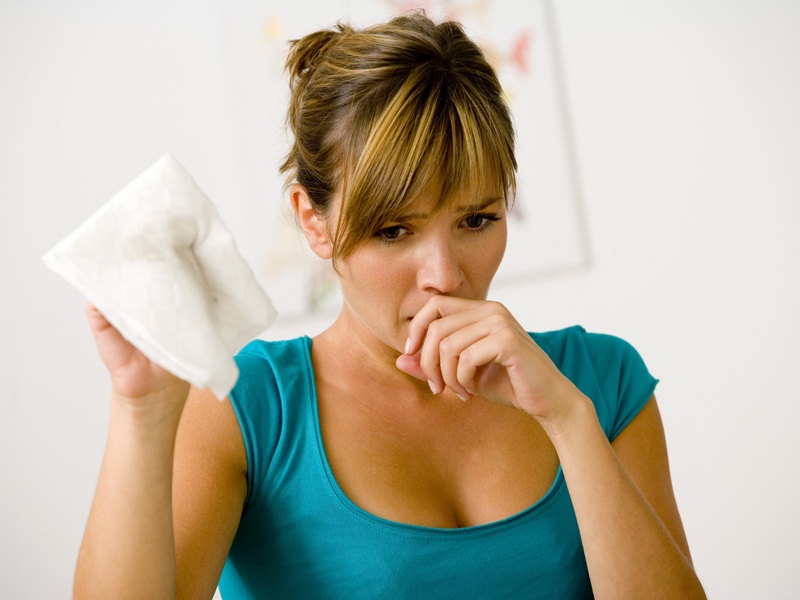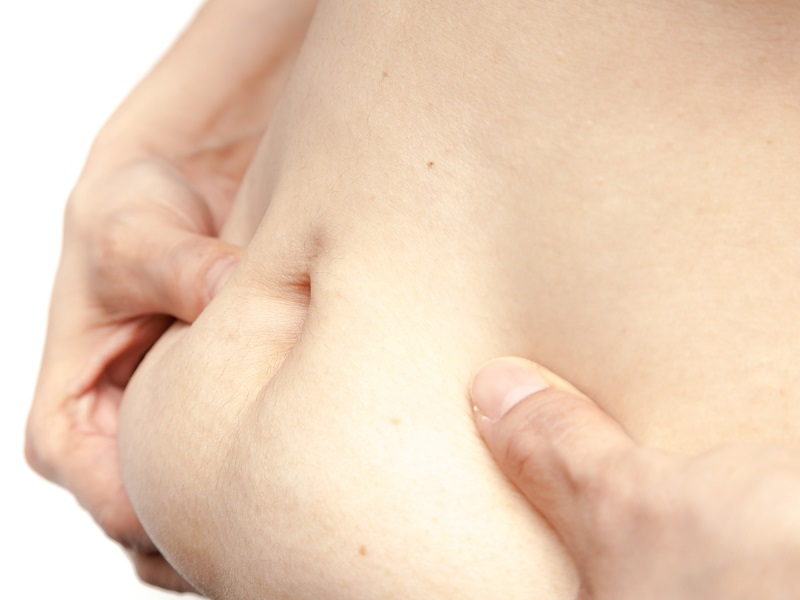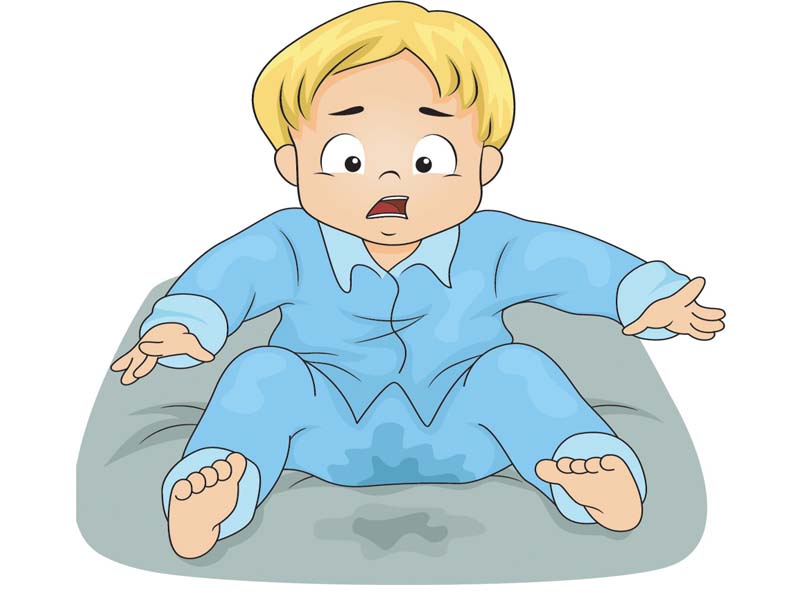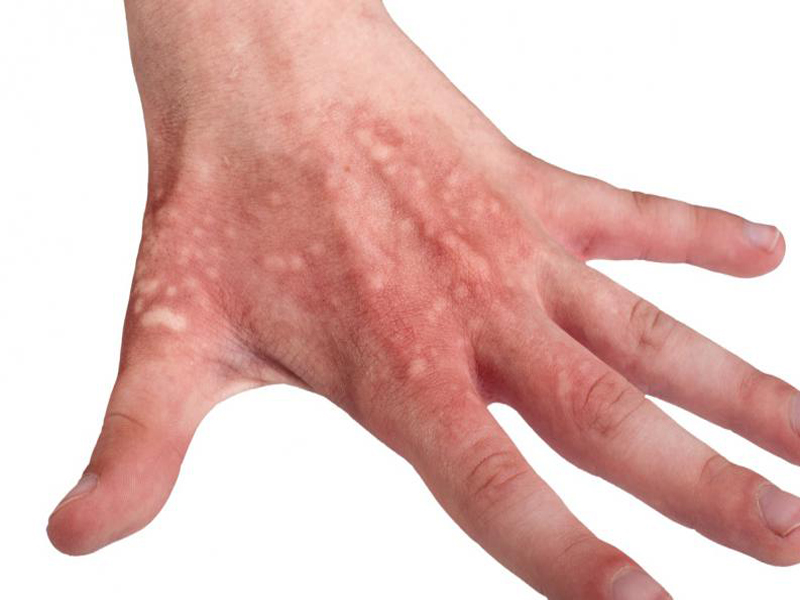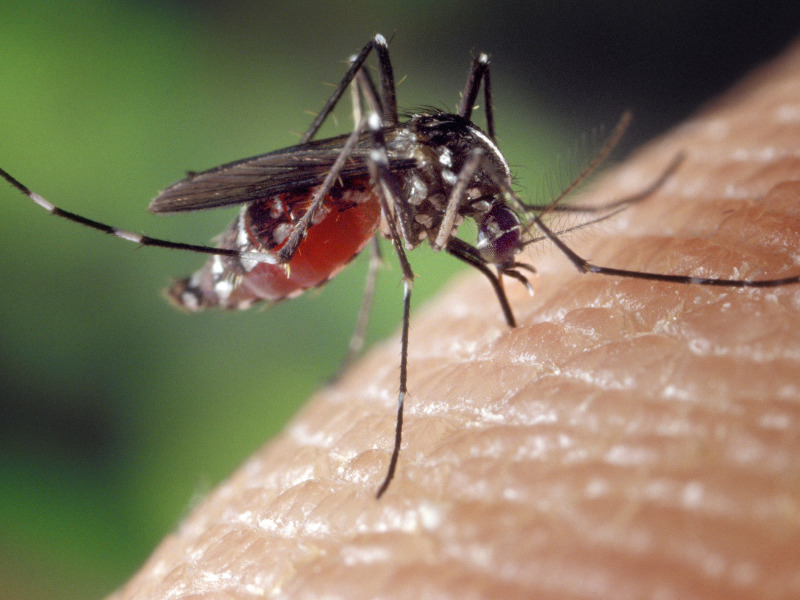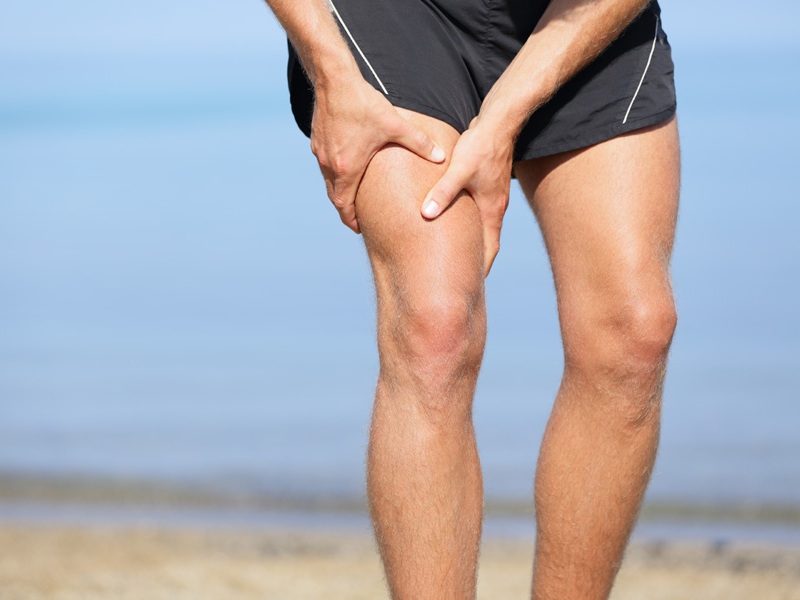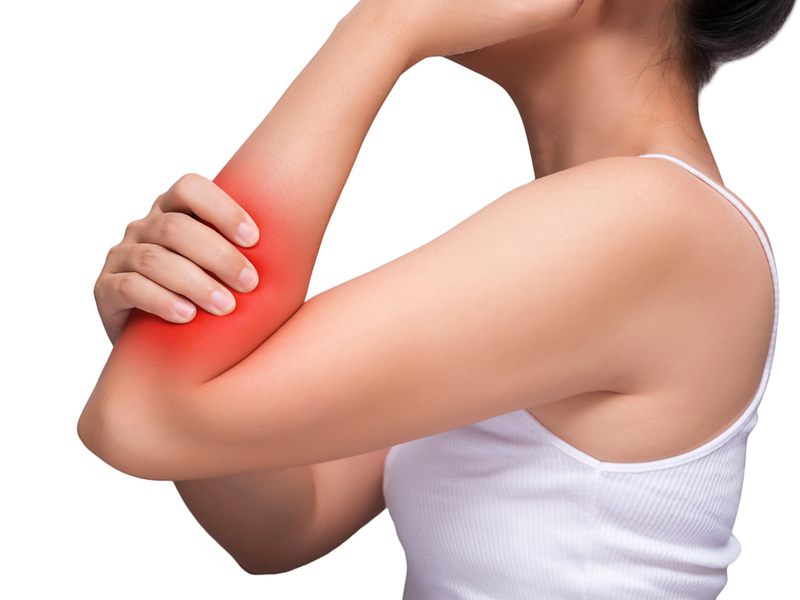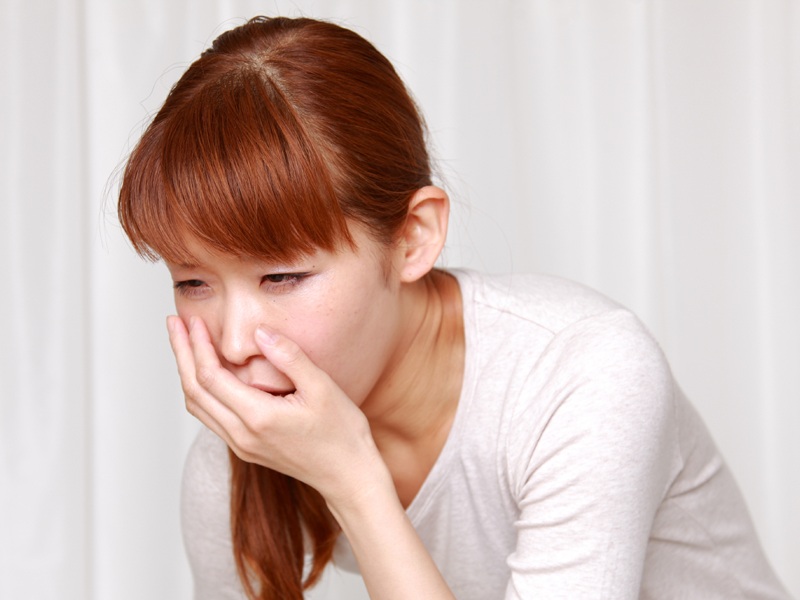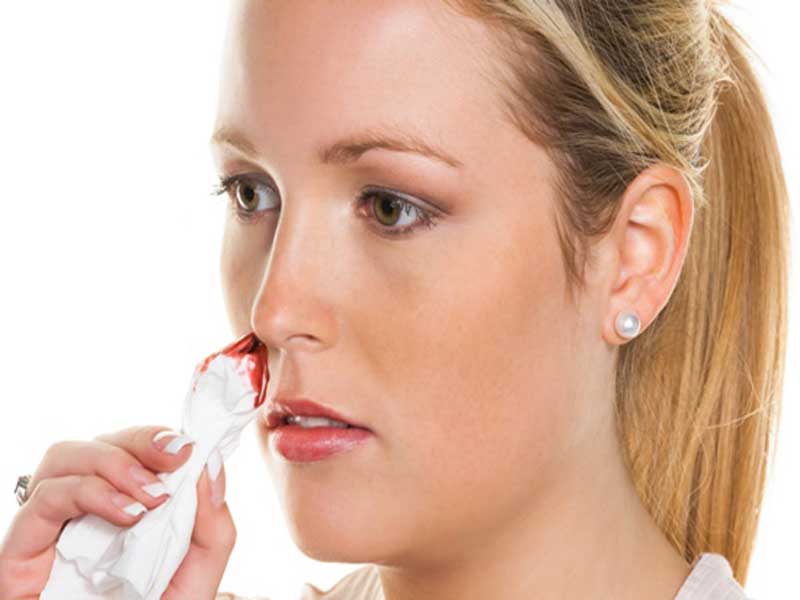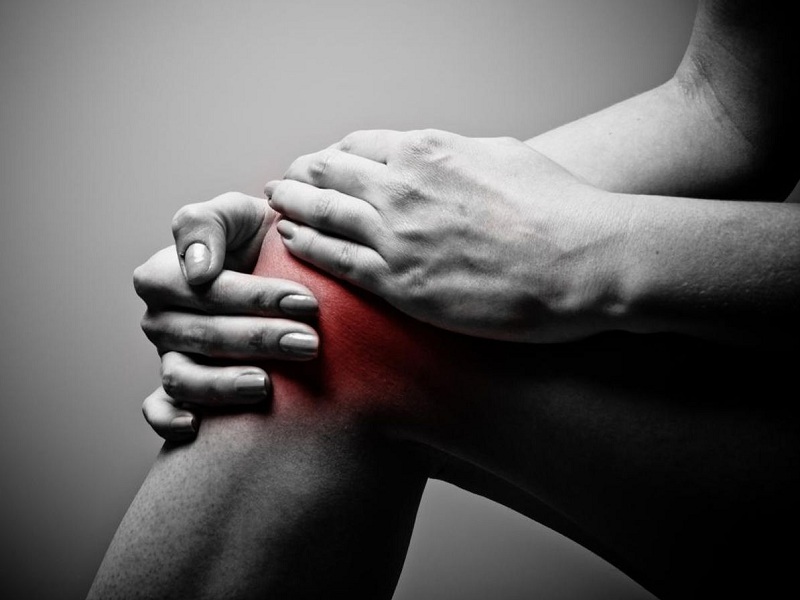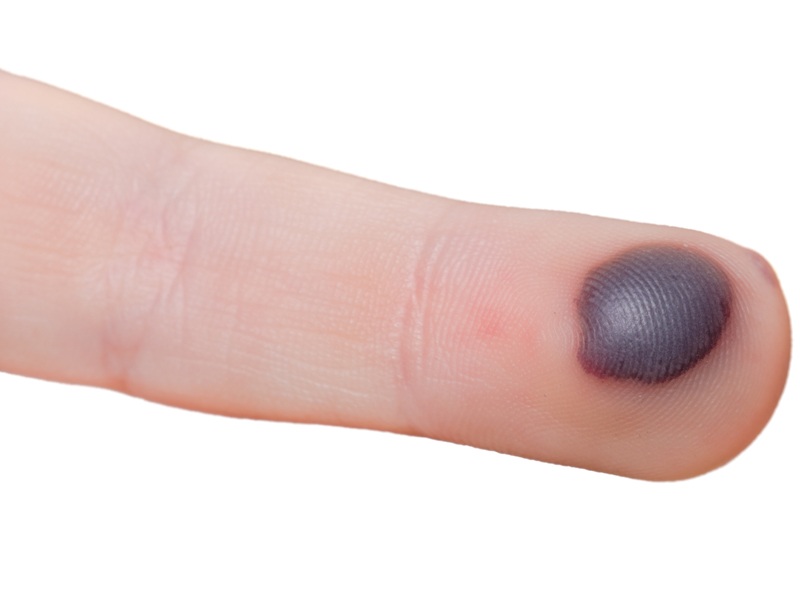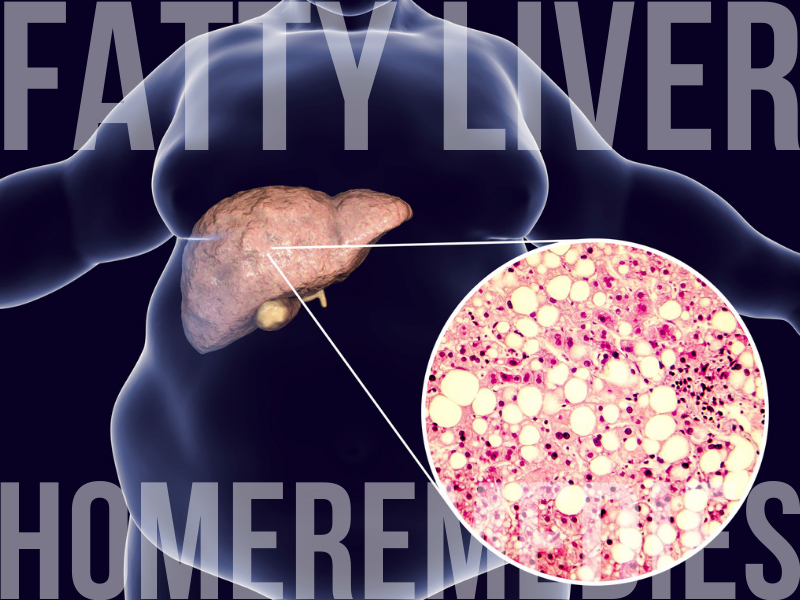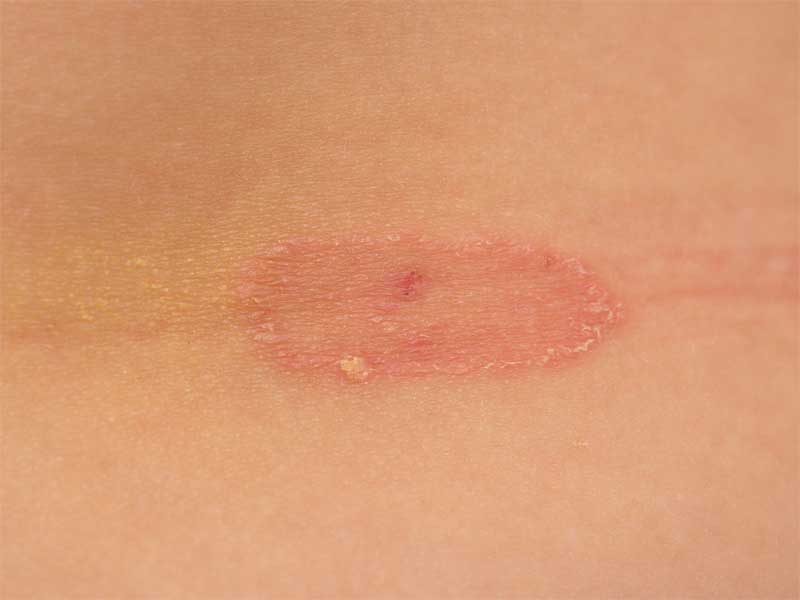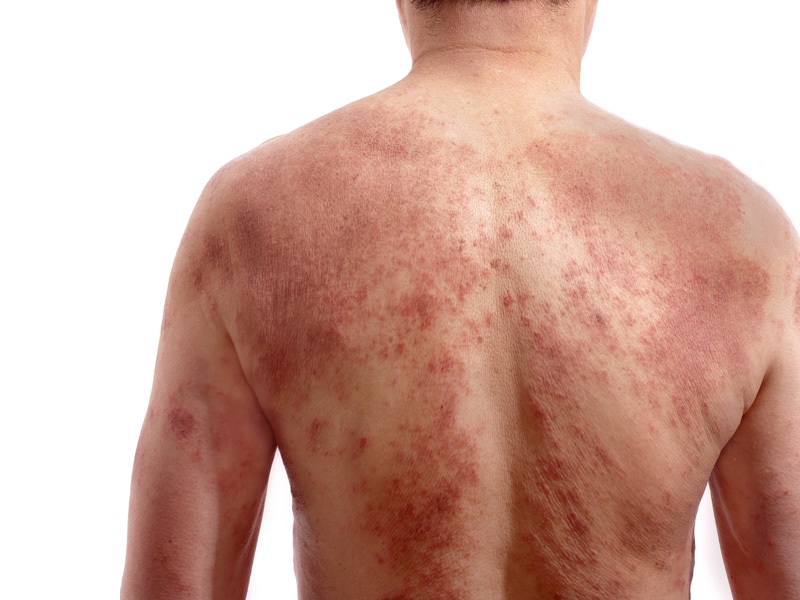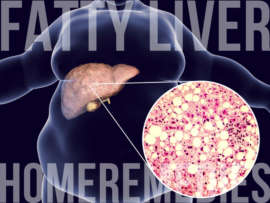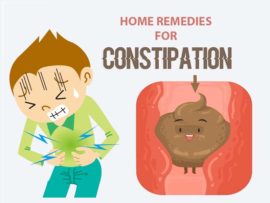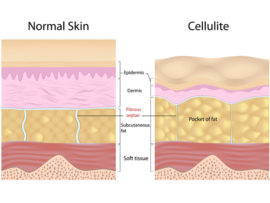Ever wondered why your body feels hot when you have fever? Fever is a condition during which your body raises its temperature from a normal 98.6o F to 99o F or above. This is a sign that the body is fighting an underlying infection or illness. Fortunately, there are many home remedies for fever which can bring down the heat and offer quick relief.
Before you try them, it is recommended to check the body temperature using an accurate thermometer. You can now compare the reading with the normal temperature ranges for different age groups to determine if it is a fever:
- Infants: 97.9o F (36.6o C) to 99o F (37.2o C)
- Adults: 97o F (36.1o C) to 99o F (37.2o C)
- Adults +65 Years: Slightly lower than or around 98.6o F (36.2o C)
If the body temperature is recorded higher than this average range, the condition is treated as fever. Most fevers subside in 2 to 3 days with an antipyretic drug, like Paracetamol, along with fever relief home remedies.
However, if the symptoms persist for more than 3 days, immediate medical assistance is required.
Causes of Fever:
Fever is not a disease! It is your body’s natural response to internal and external changes. In most cases, fever works like a defense mechanism against fighting infections. During this time, an area called “Hypothalamus” in your brain signals a threat and increases the body temperature.
Let us now look into the top reasons for getting a fever:
Common:
- Microbial Infections (Both Bacteria and Virus).
- Exposure to high heat.
- Inflammatory diseases like Rheumatoid Arthritis.
- Vaccines (like Tetanus, DTaP, Pneumococcal ).
- Medicines like antibiotics, hypertension medicines etc.
Other Causes:
- Illegal drugs like Cocaine.
- Thyroid disorders like Hyperthyroidism.
- Internal Blood Clots.
- Malignant Tumors.
In rare cases, the causes of fever may be challenging to determine, which can delay the treatment and ultimately pose a serious threat to life.
Symptoms of Fever:
Along with running a high body temperature, a patient with fever may also experience one or more of the following symptoms:
- Fatigue.
- Severe body pains.
- Sore throat.
- Headache.
- Stiffness in joints, neck and shoulders.
- Earache (esp. in children).
- Loss of appetite.
- Metallic taste on the tongue.
- Redness of eyes.
You must seek immediate medical attention if these symptoms are seen:
- Difficulty in breathing.
- Uncontrollable dry cough.
- Persistent vomiting.
- Pain while passing urine.
- Seizures or Convulsions.
Prevention Methods for Fever:
Most fevers can be easily prevented by taking simple precautions, such as:
- Maintaining Good Personal Hygiene: Wash your hands with soap immediately after coming home from outside or touching any surfaces like door handles, lift buttons, toilets, pets etc. If you have no washing facility nearby, use at least 60% alcohol-based sanitizer to kill the germs on your hands.
- Social Distancing: With a rise in viral infections, it’s better to maintain a safe distance from sick people. Avoid going to crowded places and minimize the use of public transportation.
- Use a Mask: Cover your nose and mouth with a 3 ply mask. This helps in filtering out most germs and keeps you safe. Also, when you are indoors, make it a habit to cover your face with a napkin when coughing or sneezing.
- Say No To Sharing: Sharing is not caring anymore! Do not share personal items like cups, brushes, napkins, innerwear, water bottles etc. Educate your children on how germs get transmitted from person to person through saliva droplets and body fluids.
- Boost Your Immunity: Eat a well-balanced diet rich in immunity-boosting foods like Vitamin C. Increase your natural stamina to fight diseases by taking up any exercise program like Yoga.
Read: You Need to Know Types of Fevers
Top 10 Home Remedies to Reduce High Fever:
Here are some of the best natural remedies for fever, which can bring down the temperature quickly and make you feel comfortable in no time:
1. Vinegar Compress:
A Vinegar compress is one of the best household remedies for fever. According to a study, vinegar compress was found to be more effective in decreasing the body temperature compared to a cold water compress (1). This could be due to the acidity in the liquid that soaks up the excess heat from the body.
Ingredients:
- Vinegar – 2 to 3 tbsp.
- Cold Water – 1 Tub.
- Wash Cloth.
How to Prepare and Use:
- Dip the washcloth in a tub of cold water.
- Now pour some vinegar on the cloth.
- Wring out the excess liquid.
- Place the cloth on hot areas of the body like armpits, forehead, thighs etc.
- If the cloth gets dry, repeat the above steps until symptoms subside.
Caution: Do not use vinegar on sensitive skins of babies and toddlers. Also, if you have open cuts or wounds, this remedy may cause a burning sensation.
2. Cold Water Sponging:
Coldwater sponging or an ice compress is the best way to bring down high temperatures. The heat exchange between the compress and body will cause the temperature to fall quickly. A study also shows that cold water sponging in children is very effective in reducing temperature significantly within 30 minutes (2). It can work as a supportive mechanism for fever reduction along with Paracetamol.
Ingredients:
- Wash Cloth.
- Ice Cubes or Cold Water.
- Tub.
How to Prepare and Use:
- Dip the washcloth in a tub of cold water and wring it.
- Place the compress/cloth on forehead, thigh joints and underarms.
- Repeat if necessary.
Caution: Do not place the ice compress on one area for a long time. It can lead to frostbites or loss of sensitivity. Also, if the patient is experiencing chills, cold water sponging may aggravate the condition.
3. Stay Hydrated:
Drinking water is one of the must-follow home remedies for fever in children. Fever can lead to body dehydration due to the depletion of water levels. This is the reason most children experience dry mouth, cracked lips and sunken eyes when having high temperatures (3). To battle this problem, you must keep them hydrated with water or oral rehydration solutions (ORS).
4. Luke Warm Water Bath:
The lukewarm water bath is the best home remedy for fever in babies and infants. Not only does this method help in bringing down temperature, but it also keeps them comfortable. Just place them in a baby bathing tub and gently pour lukewarm water on the body. Do it for a couple of minutes.
NOTE: Do not mix vinegar, alcohol or ice cubes to this water bath, as doing so can bring down the temperature too rapidly. This can be dangerous for babies.
5. Moringa Leaf:
A study was conducted on an 18-month-old kid to determine the effectiveness of Moringa leaf on fever. Interestingly, the child experienced normalcy in just one hour after drinking a 40ml solution of boiled Moringa leaf water. This shows that Moringa leaf can be used as a safe natural remedy for fever in toddlers who are sensitive to antipyretic drugs (4).
6. Tulsi:
Tulsi is one of the best herbal remedies for treating mild fever. It’s anti-bacterial and anti-viral properties reduces the fever-causing infections in the body. Also, Tulsi can alleviate other related symptoms like sore throat, headache and uneasiness.
Ingredients:
- Tulsi Leaves – 1 Bunch.
- Water – 1 Cup.
- Ginger – ½ Inch.
- Honey – 1 tbsp.
How to Prepare and Use:
- Boil some tulsi leaves and ginger in a cup of water.
- Strain the tea.
- Add some honey.
- Drink it warm at least 2-3 times a day for faster relief.
Caution: If you are experiencing stomach-related issues, skip ginger.
7. Tamarind:
Tamarind is a natural coolant which can bring down the body temperature. The best way to take it is in the form of a South Indian Rasam. This flavour some broth is made with tamarind pulp, pepper, turmeric, garlic and other ingredients that boost your immunity and fight infections in the body (5).
In certain parts of Southeast Asia, Tamarind pulp is applied on the forehead of fever patients to offer quick relief.
8. Essential Oils:
Essential oils are highly concentrated extracts derived from plants. They are quite potent and offer numerous benefits in treating many ailments, including fevers. Some of these are Peppermint Oil, Eucalyptus Oil, Ginger Oil etc. These oils have various compounds that lower fevers and reduce other symptoms like cold, cough, congestion etc.
How to Use:
- Dilute a few drops of essential oil in a carrier oil and use it in your bath.
- Add a few drops of essential oil on a handkerchief and inhale the vapours.
- Use a diffuser to disperse these oils naturally into the air.
Note: Always dilute any essential oil with a carrier oil like coconut. Never apply it directly on the skin or consume it internally. This natural remedy for fever is not recommended for children, pregnant women.
Read: Ways To Prevent and Treat Dengue Fever
9. Rest:
Your body heals itself during sleep. This is why doctors recommend getting adequate rest to treat a fever. Sleeping also helps in conserving energy and boosting the immune system. You are very likely to feel better with a combination of Paracetamol and a few hours of good sleep.
10. Over-the-Counter Medicines:
In most cases, fevers can be treated at home using OTC medicines. These are mild drugs that can bring down the temperature and treat body pains, headache etc., Some of the Generic names of medications for fever available in India are- Acetaminophen or Paracetamol, Aspirin, Docosanol, Ibuprofen, Ketoprofen, Naproxen etc.
It is better to check with your doctor on the dosage, suitability of the drug for your health condition before resorting to self-medication.
When to Consult a Doctor?
If you do not experience any relief even after two days of taking OTC medicine or fever control home remedies, it’s better to check with a doctor. Also,if you notice any abnormal symptoms like bluish skin, breathlessness, seizures, mental confusion etc. seek medical attention immediately.
You really don’t have to hit the panic button if you or your child feels hot. Just follow these home remedies for fever to bring down the temperature and feel at ease again. If you still have doubts, call up your physician and talk to them about your symptoms to ensure you are on the right track.
DISCLAIMER: This article does not provide any medical advice, diagnosis or treatment. The information provided here must not be treated as a substitute for professional medical advice or prescription. Always seek the advice of your doctor if you have any questions regarding this subject or your health in general.
Frequently Asked Questions:
1. What is Low-Grade Fever?
Ans: A low-grade fever is a condition in which the body temperature goes beyond 98.6° F (37° C) but lower than 100.4° F (38° C). This slightly elevated temperature lasts for about 24 hours and is not of major concern in adults in children. The causes could be an underlying respiratory problem, urinary tract infection or other medications.
2. Why Do Children Get Fever After a Vaccine?
Ans: It is normal for children to get mild rashes and fever on day 1 of immunization. This is the body’s natural response to the new antibodies injected into it. However, if the fever persists even after 48 hours and the child shows abnormal symptoms like sickness, redness of the skin, etc., take them to the doctor immediately.
3. Can High Fevers Cause Internal Damages?
Ans: No! It is very rare for patients to experience permanent damage in the body due to high fevers. You need not worry about it as the body restores its normalcy once the temperature does down. However, do watch out for other symptoms like breathlessness, rashes etc. to make sure it’s not a serious condition.













